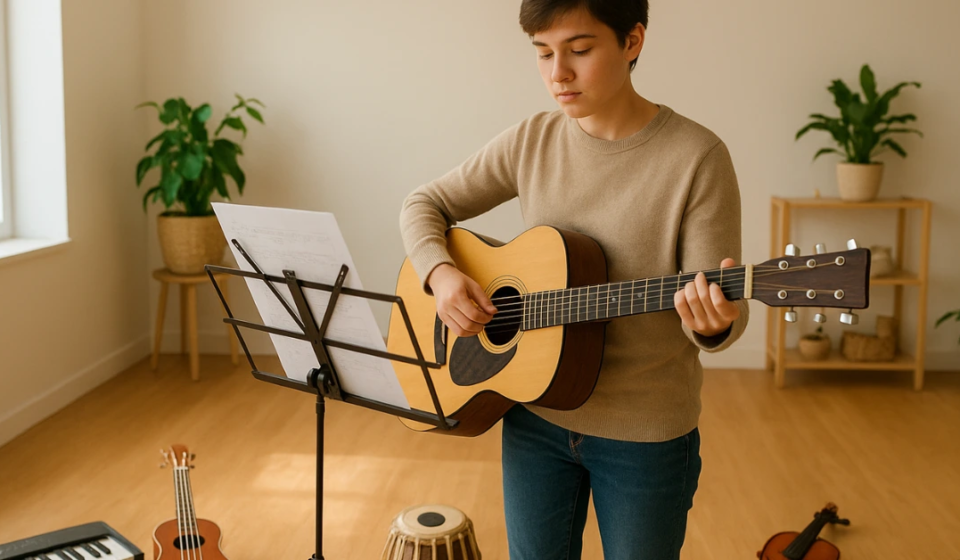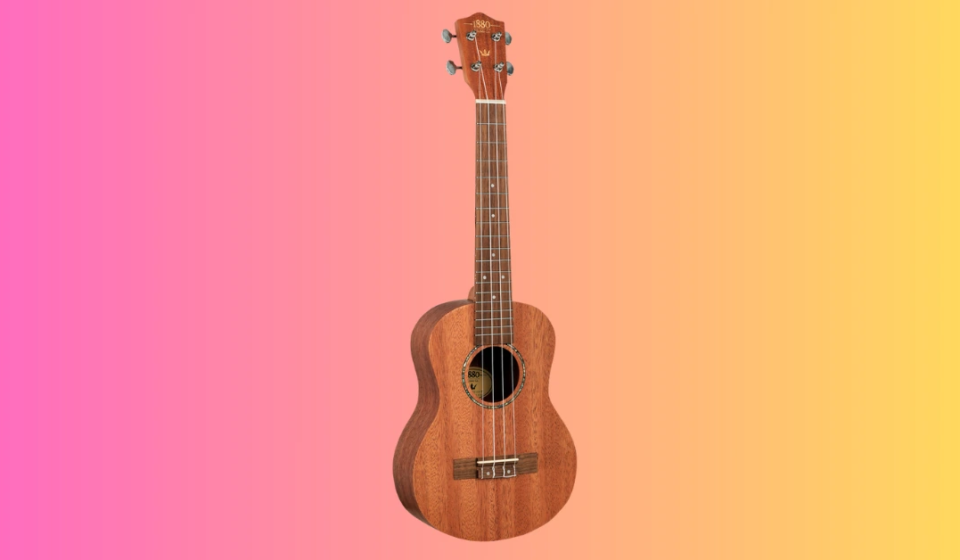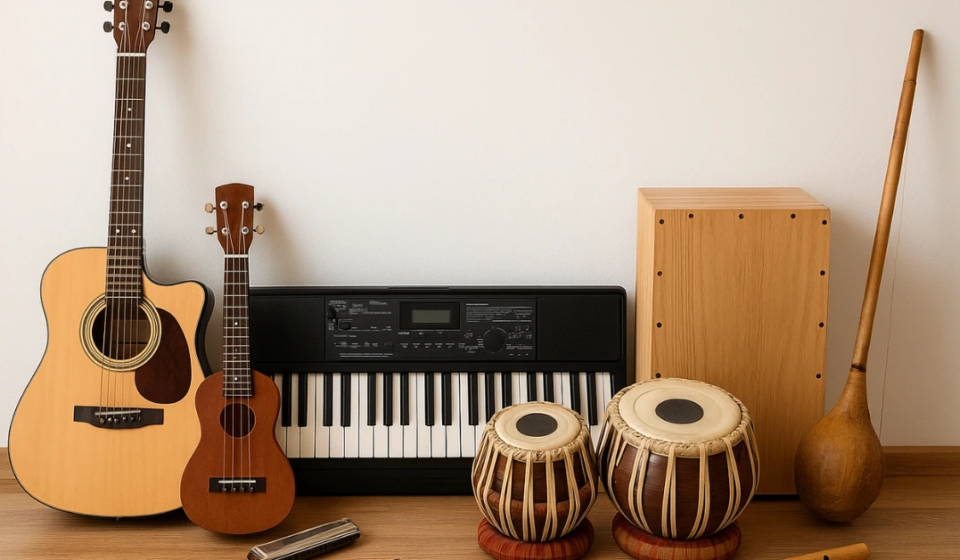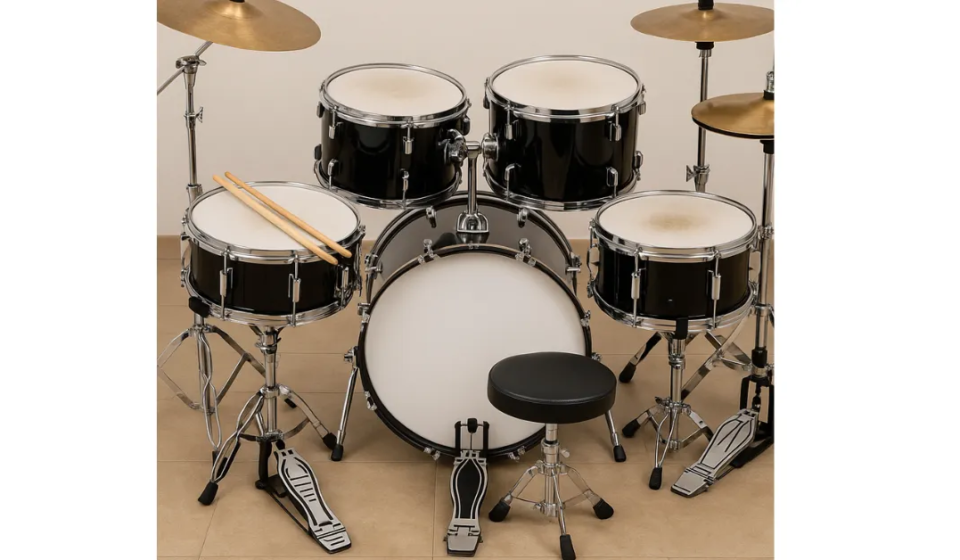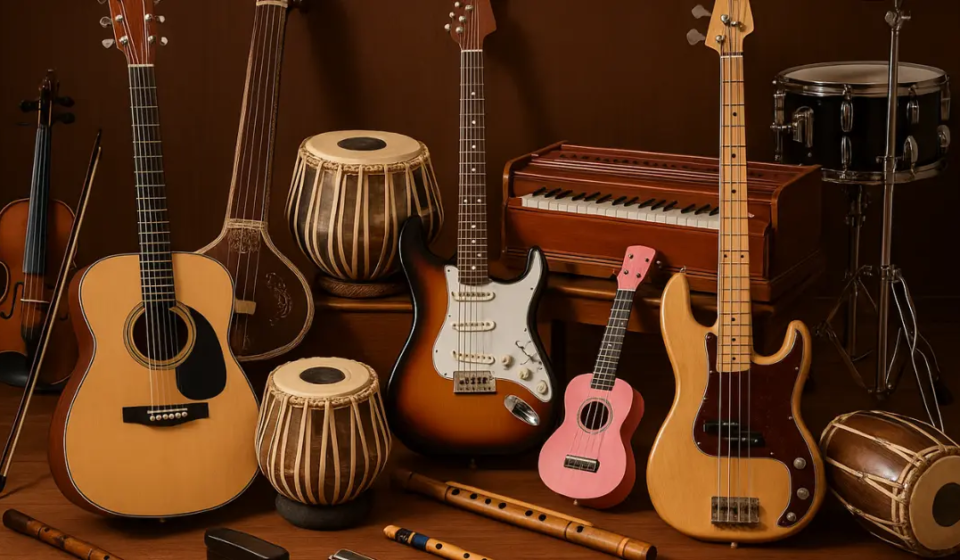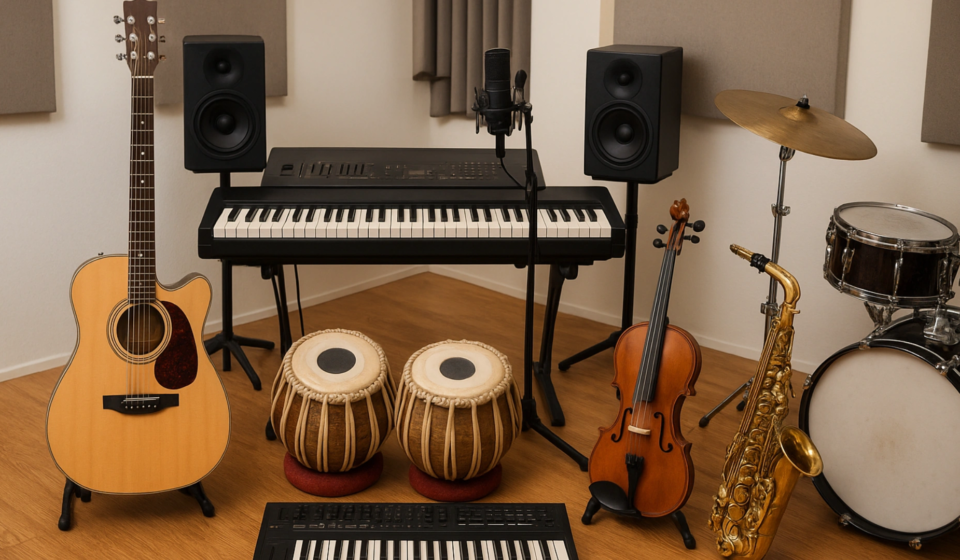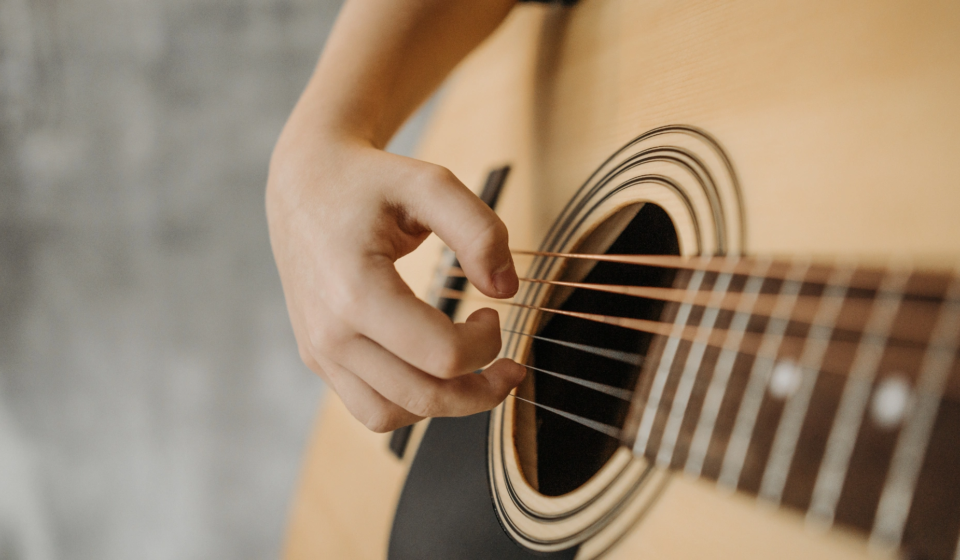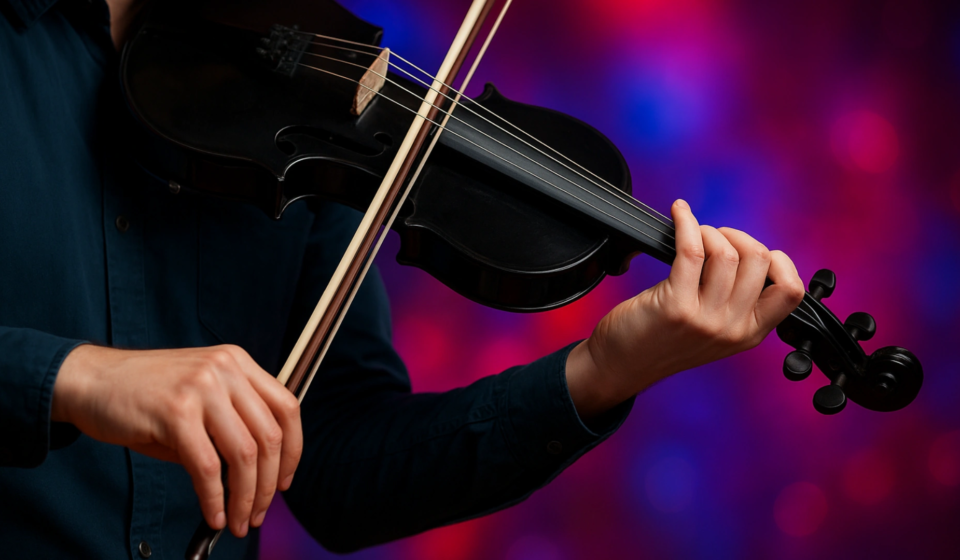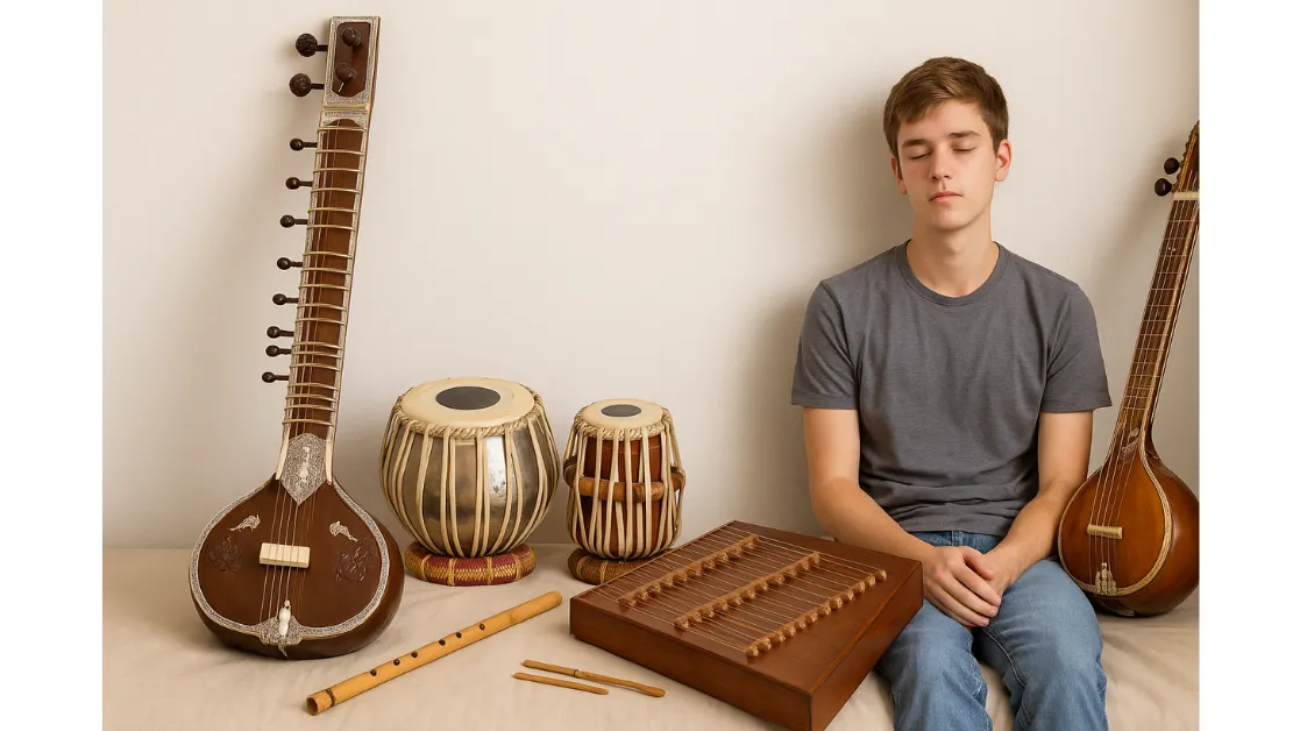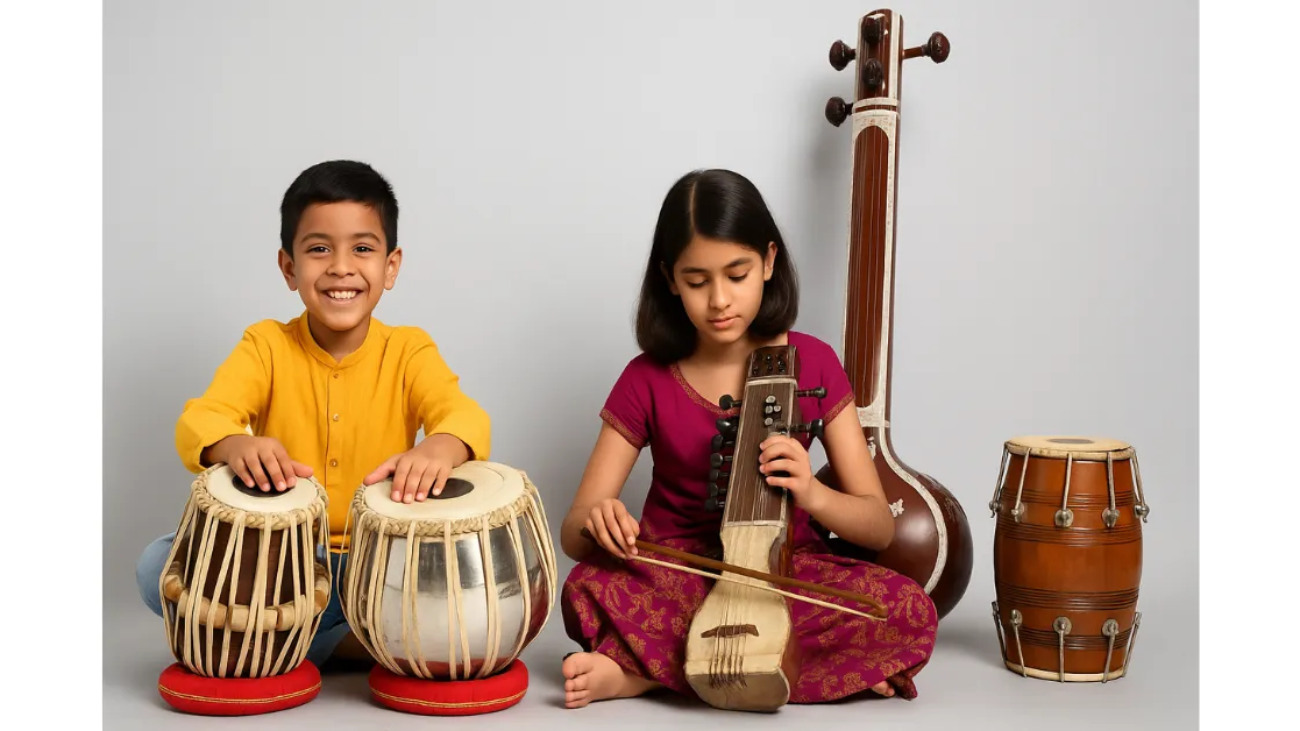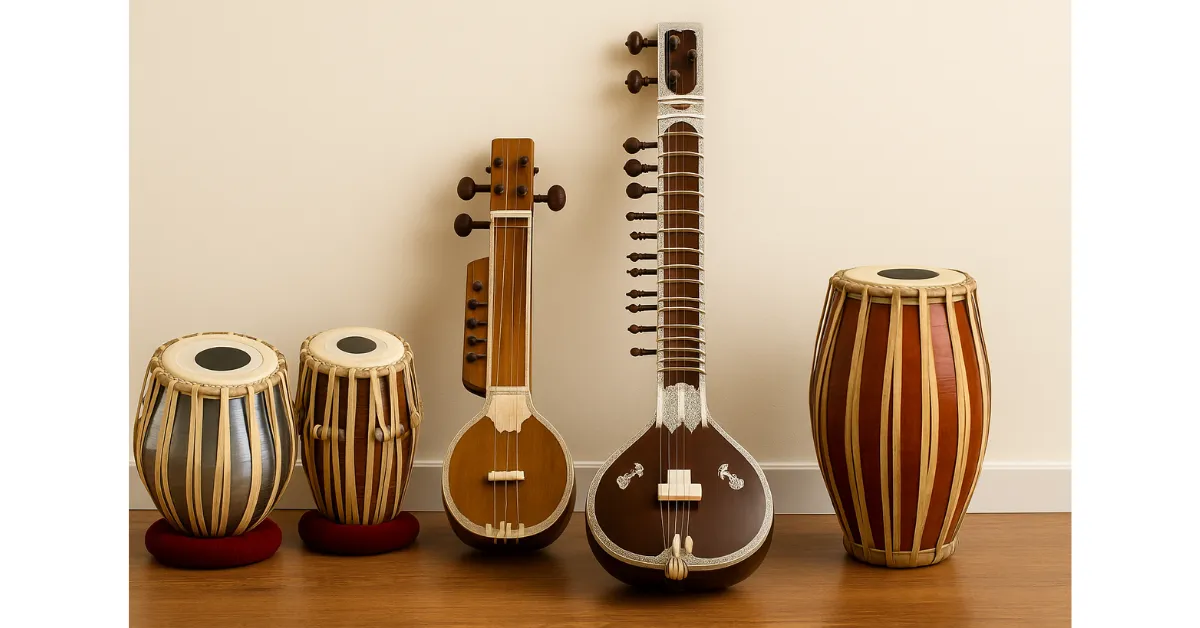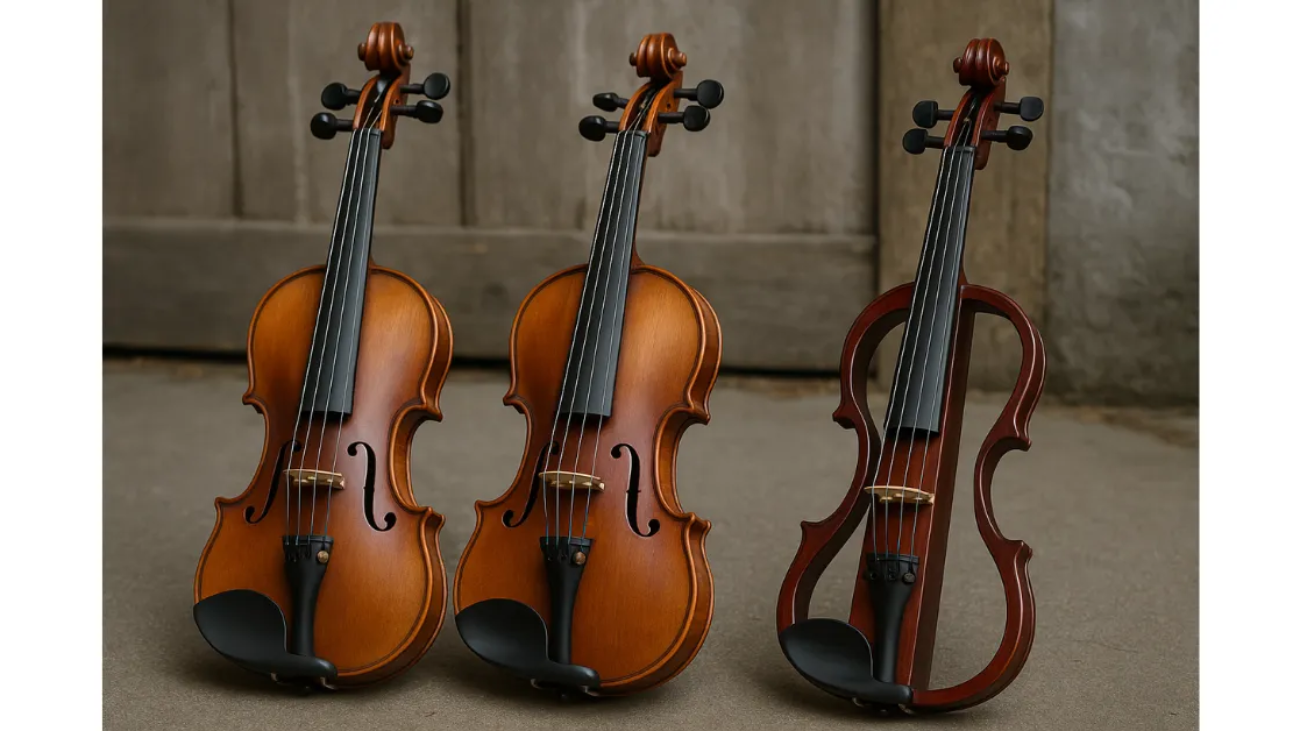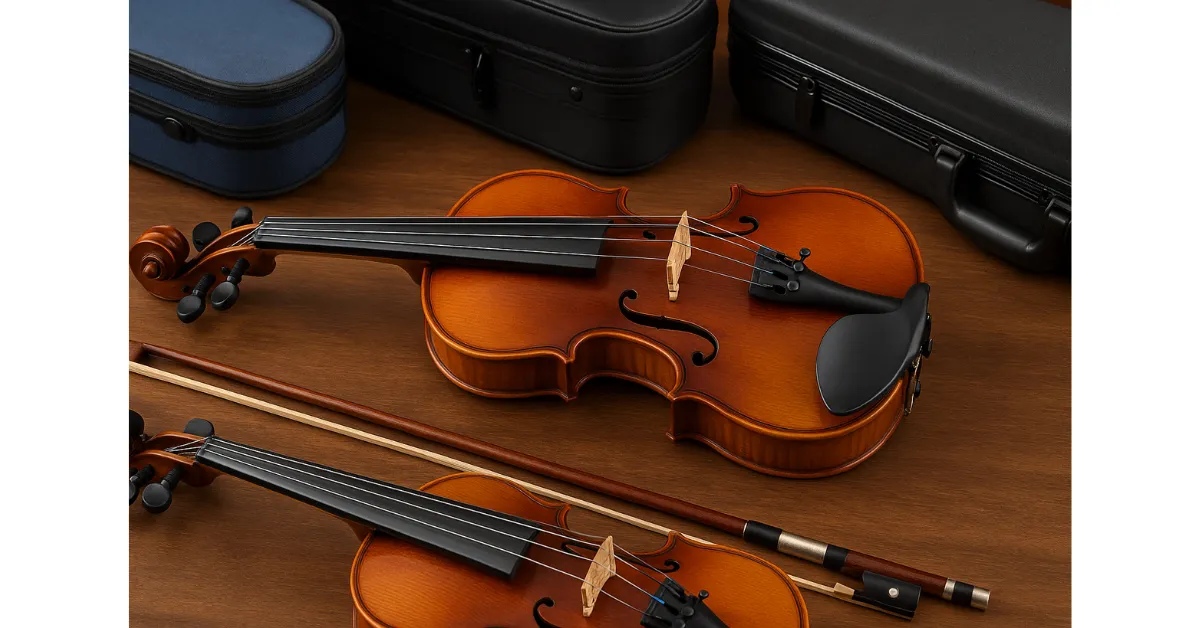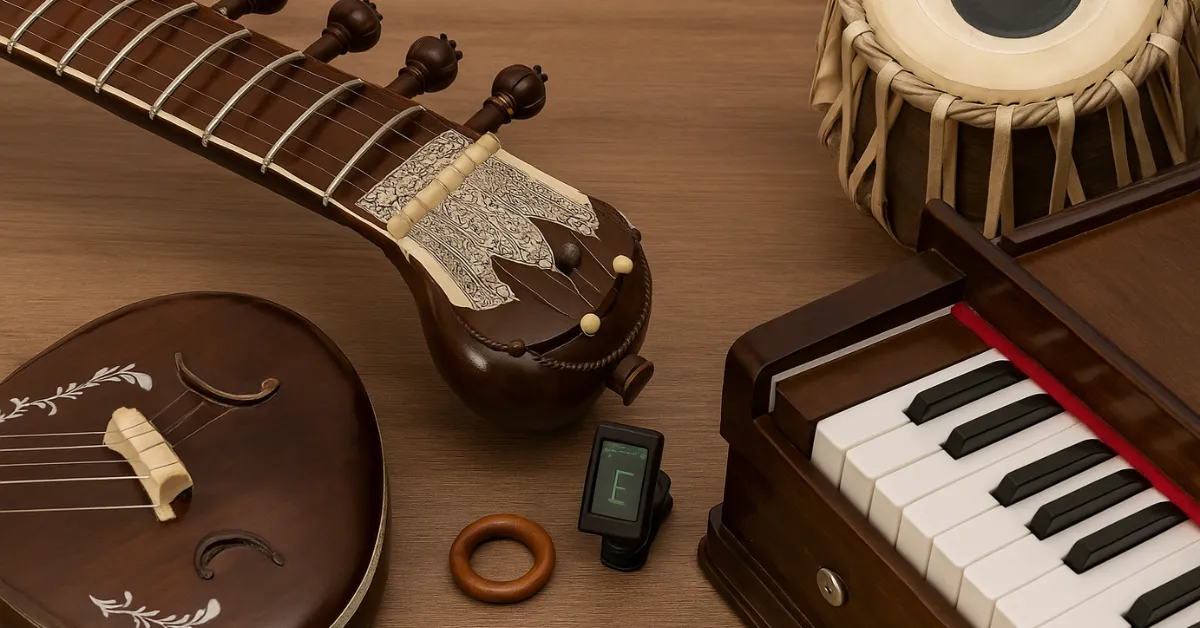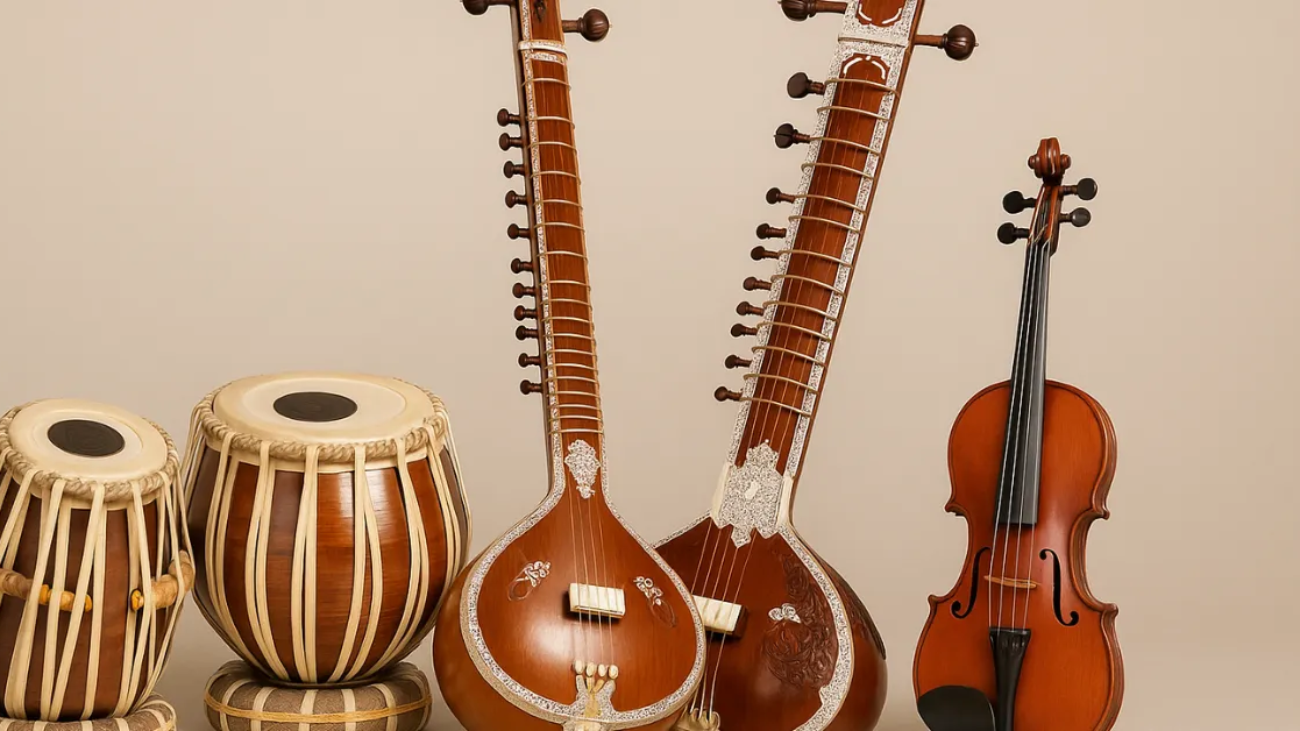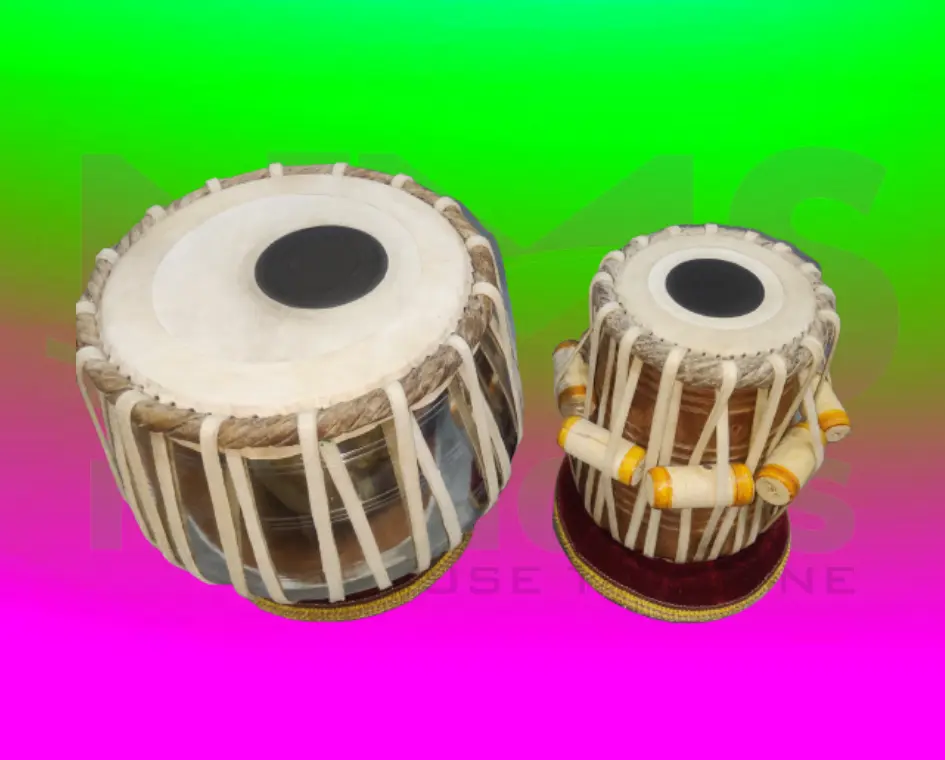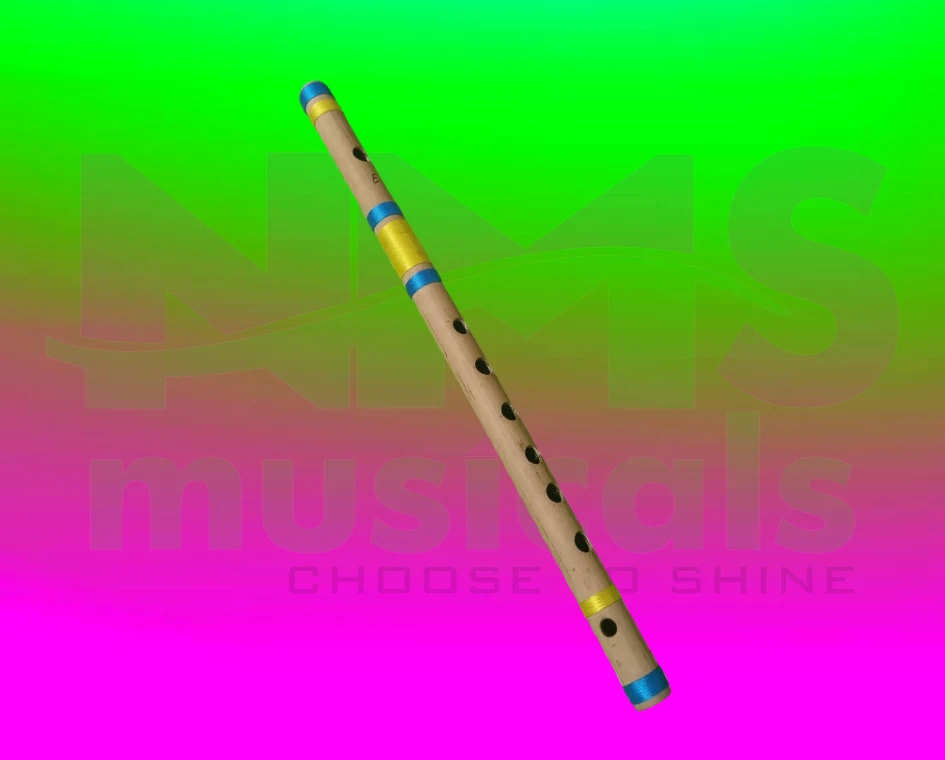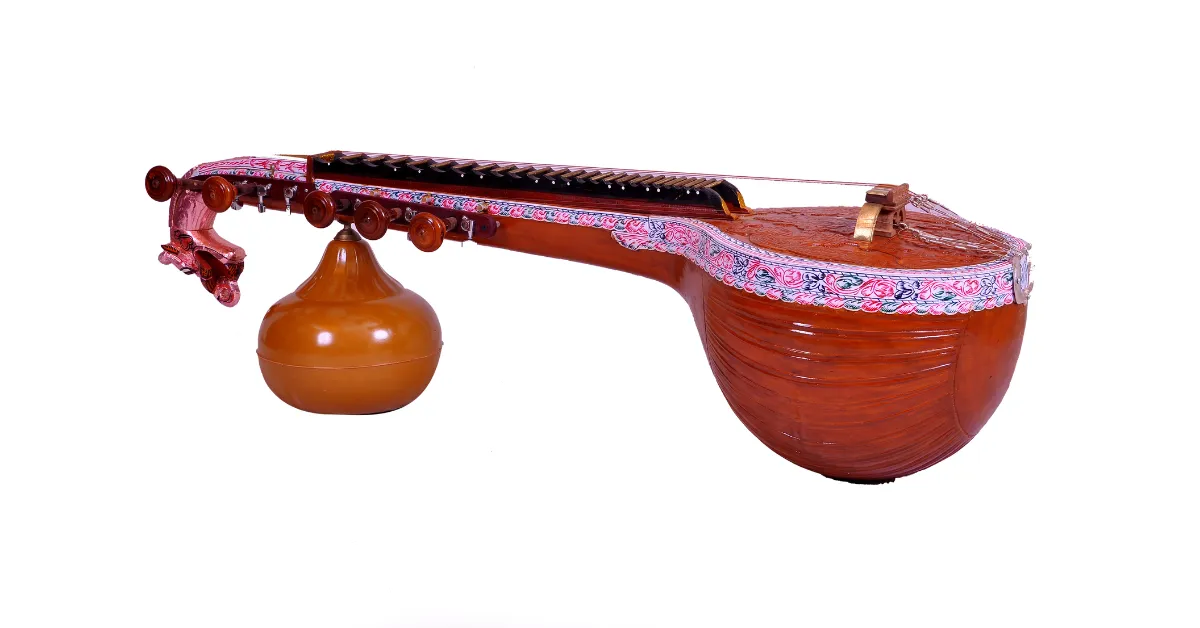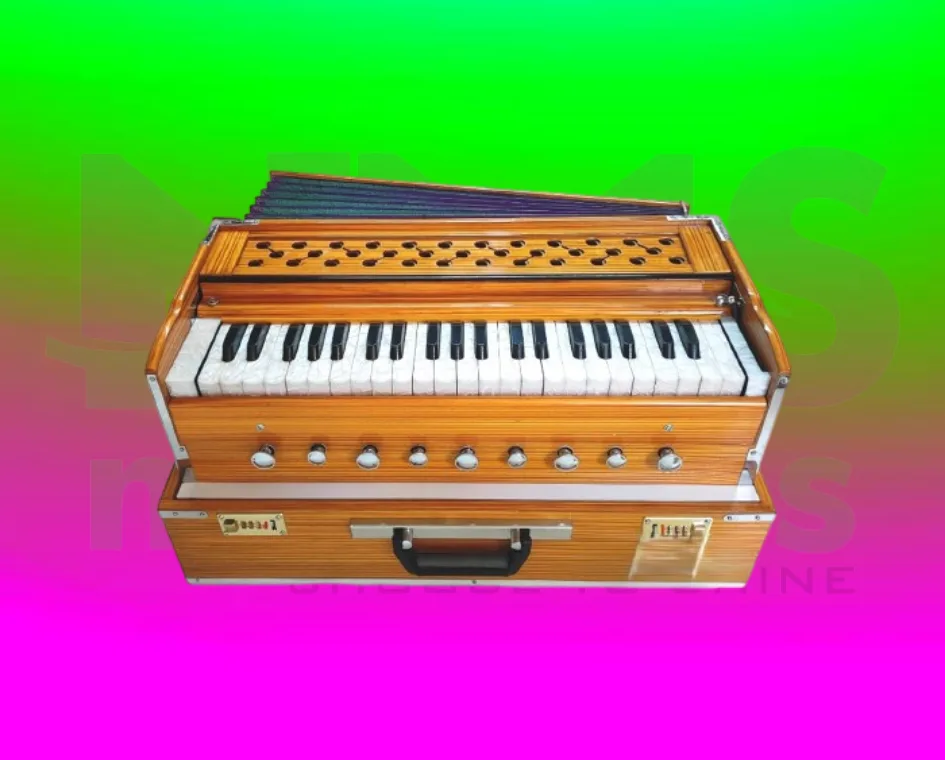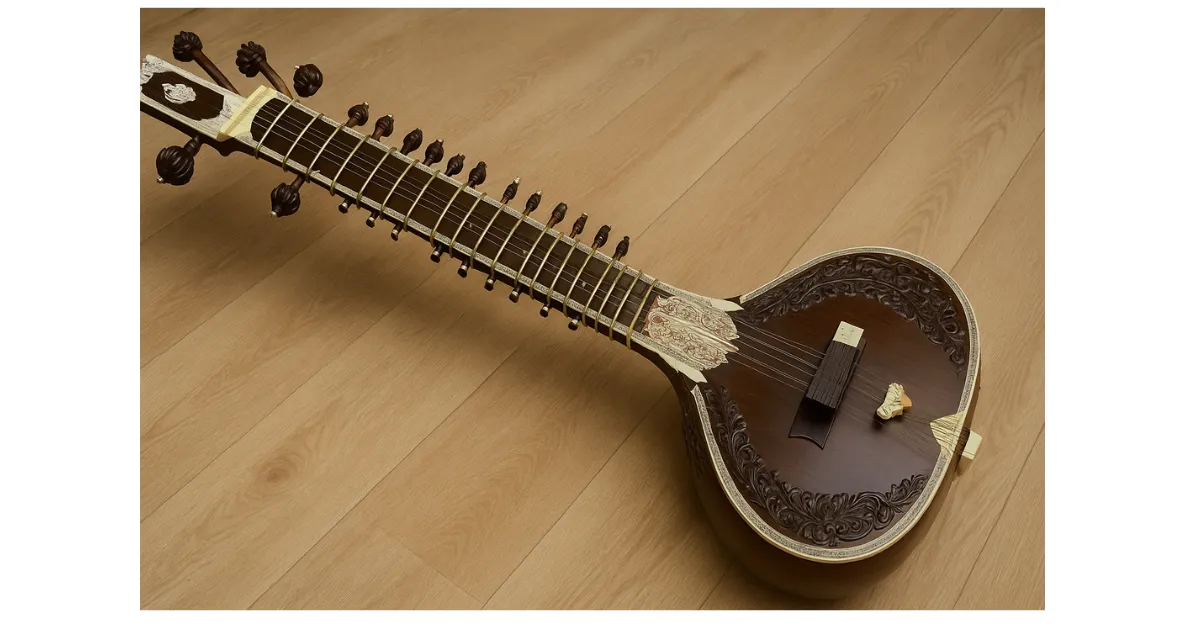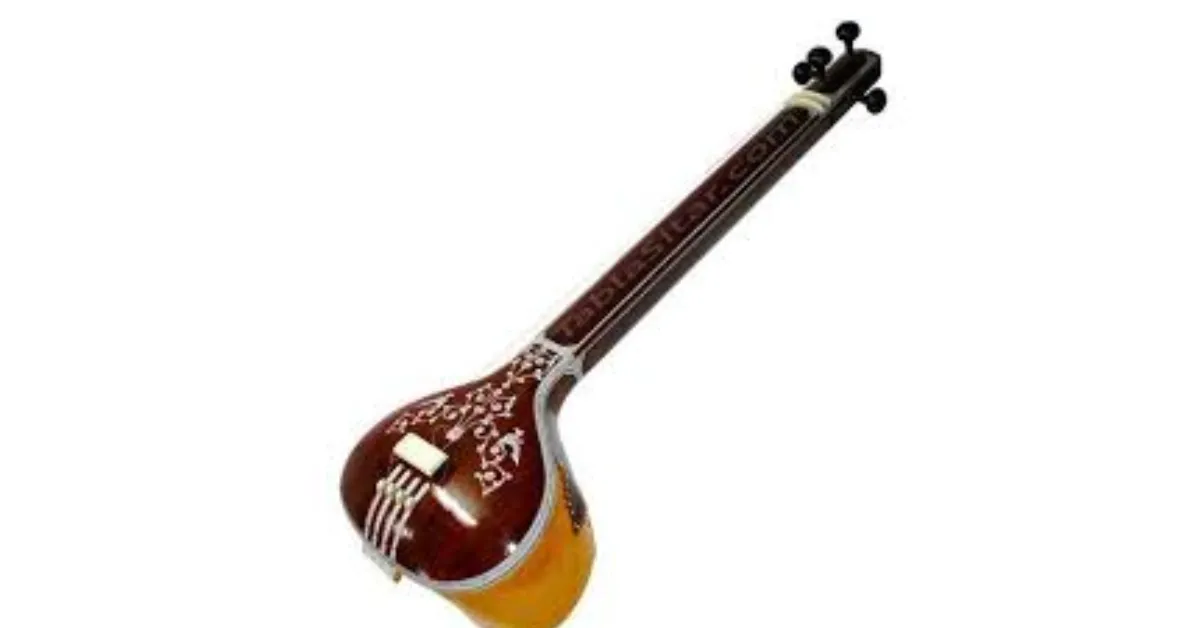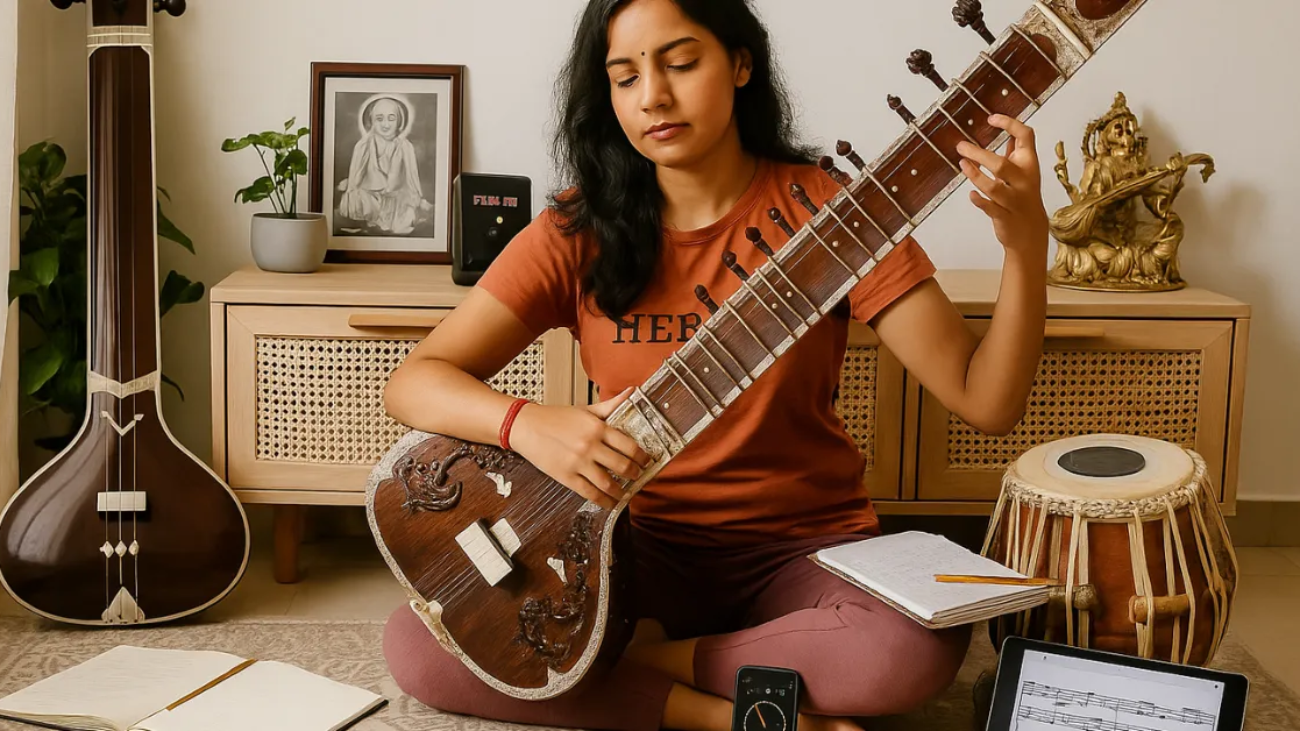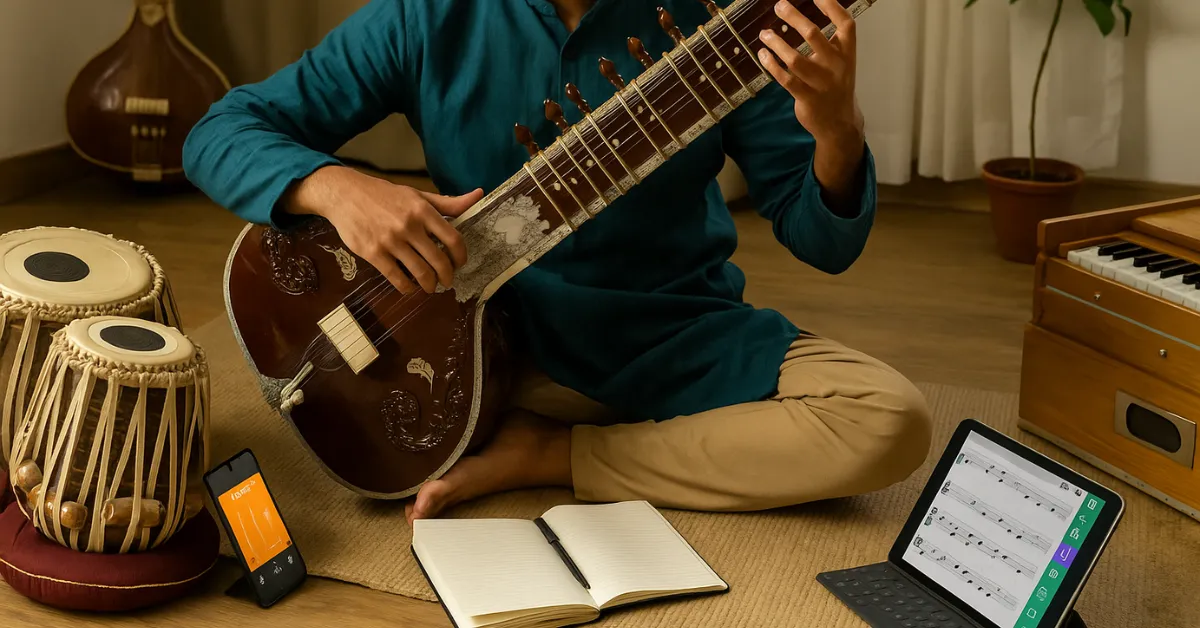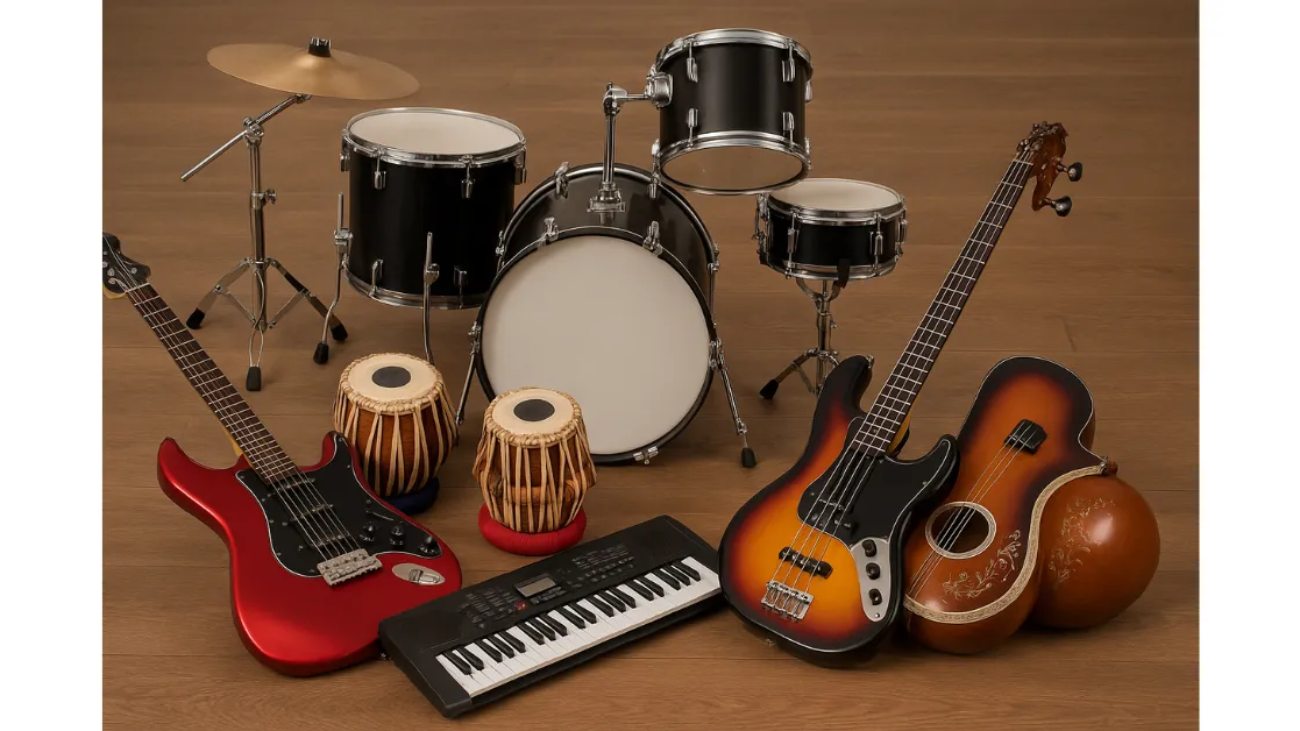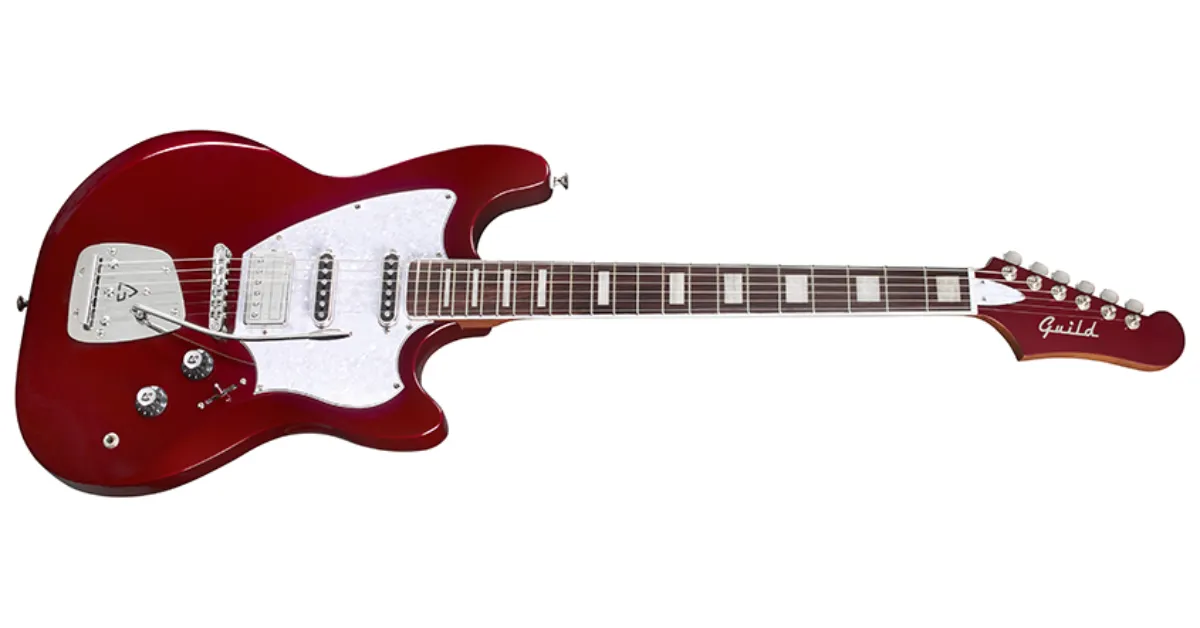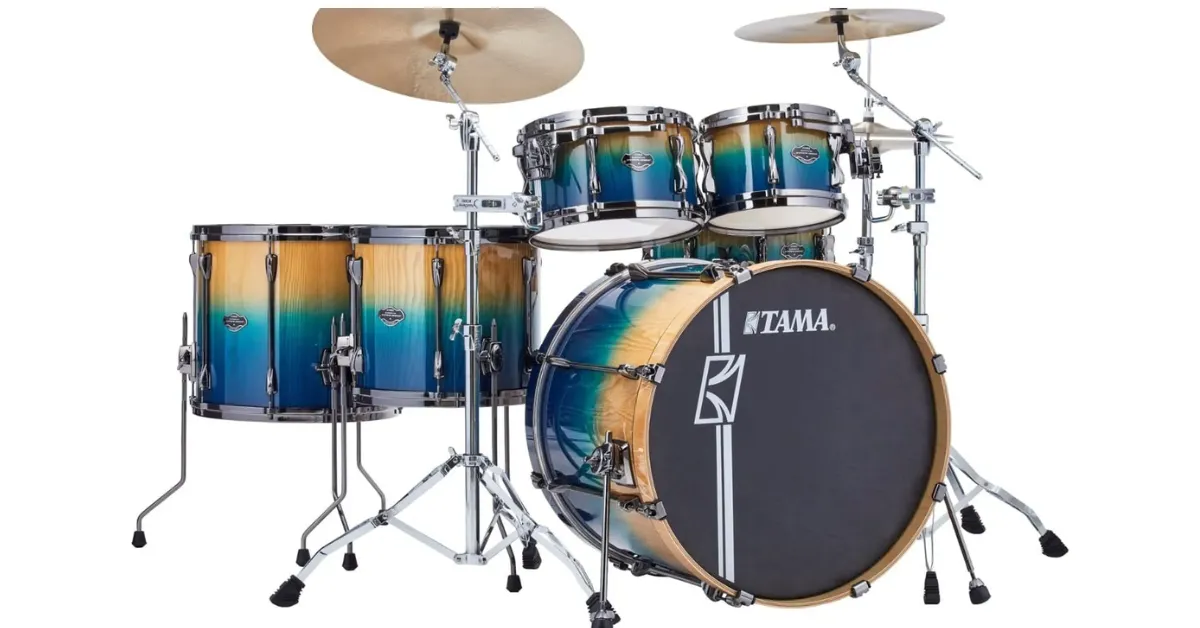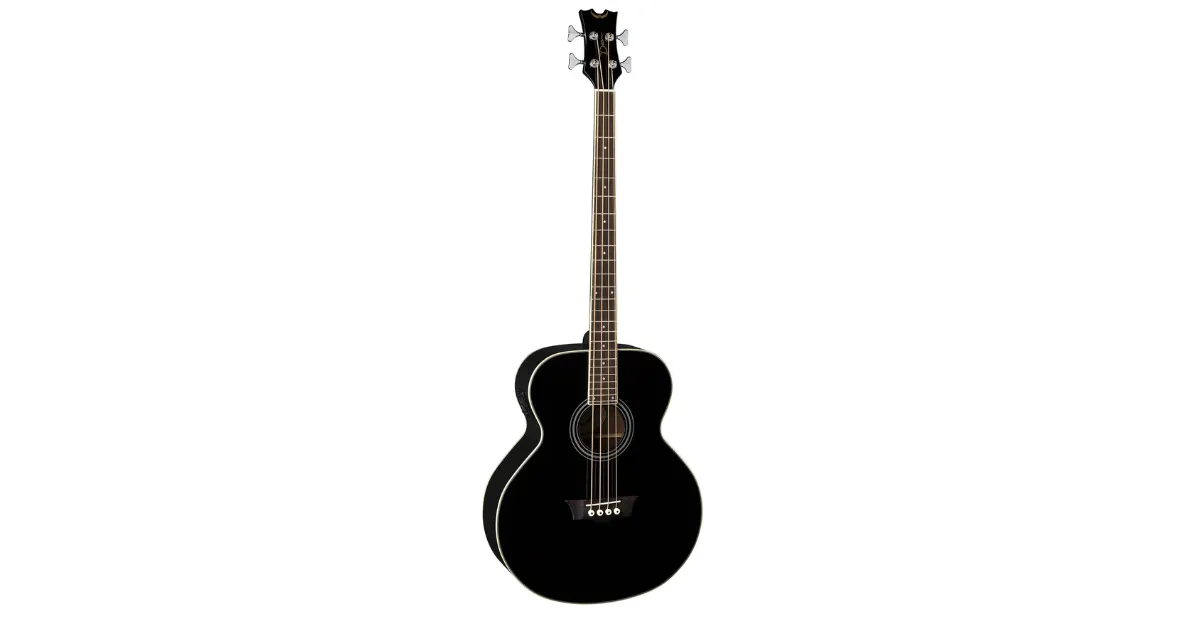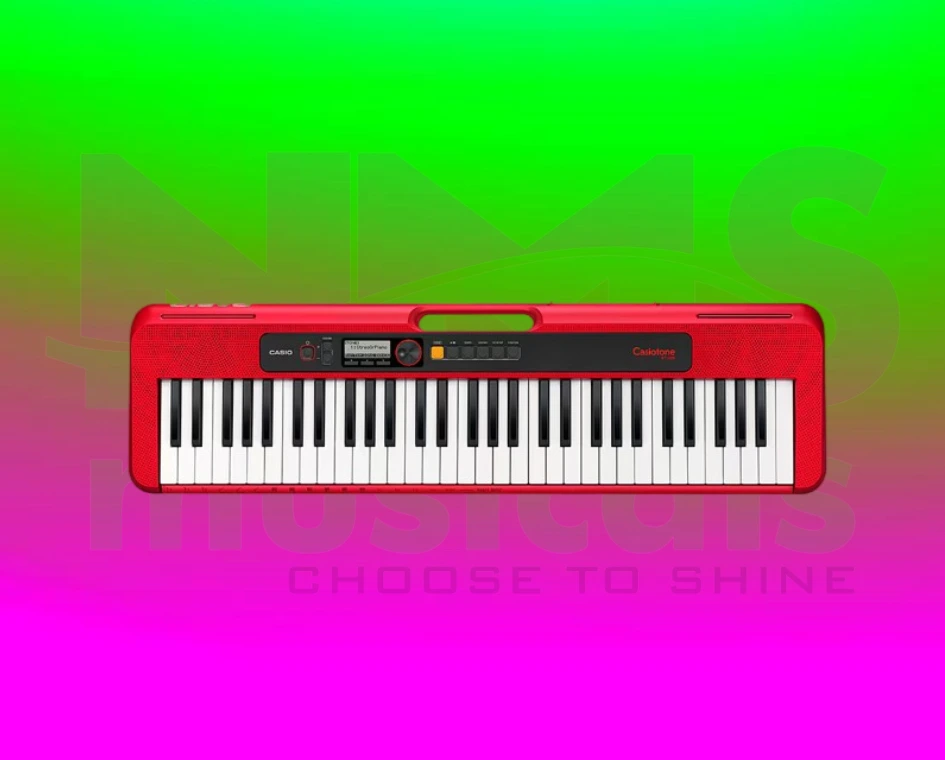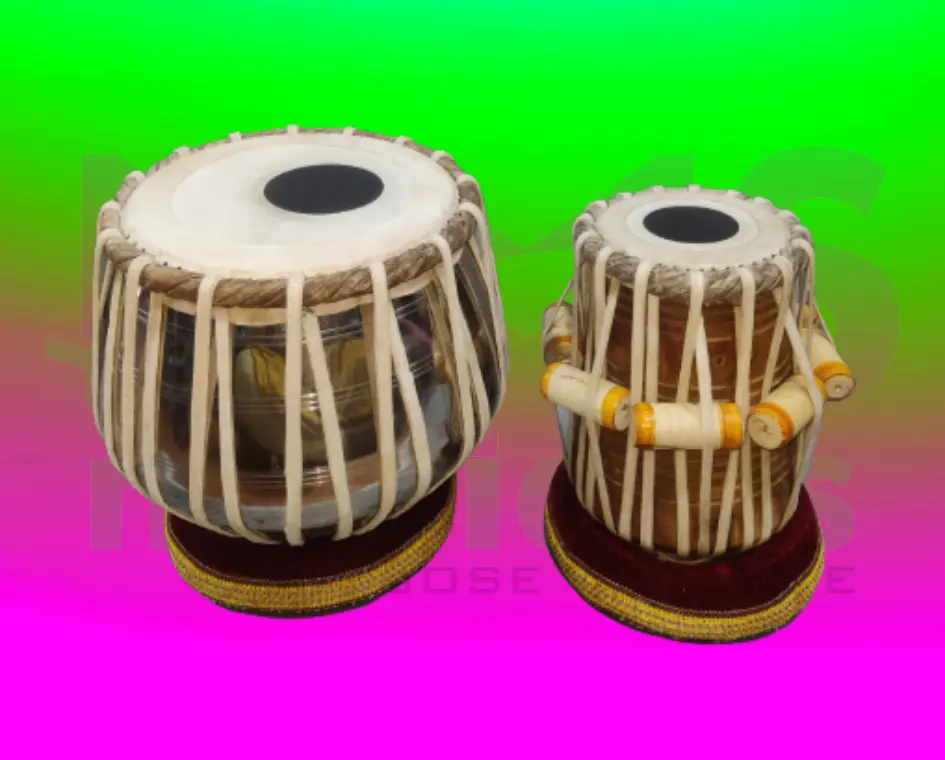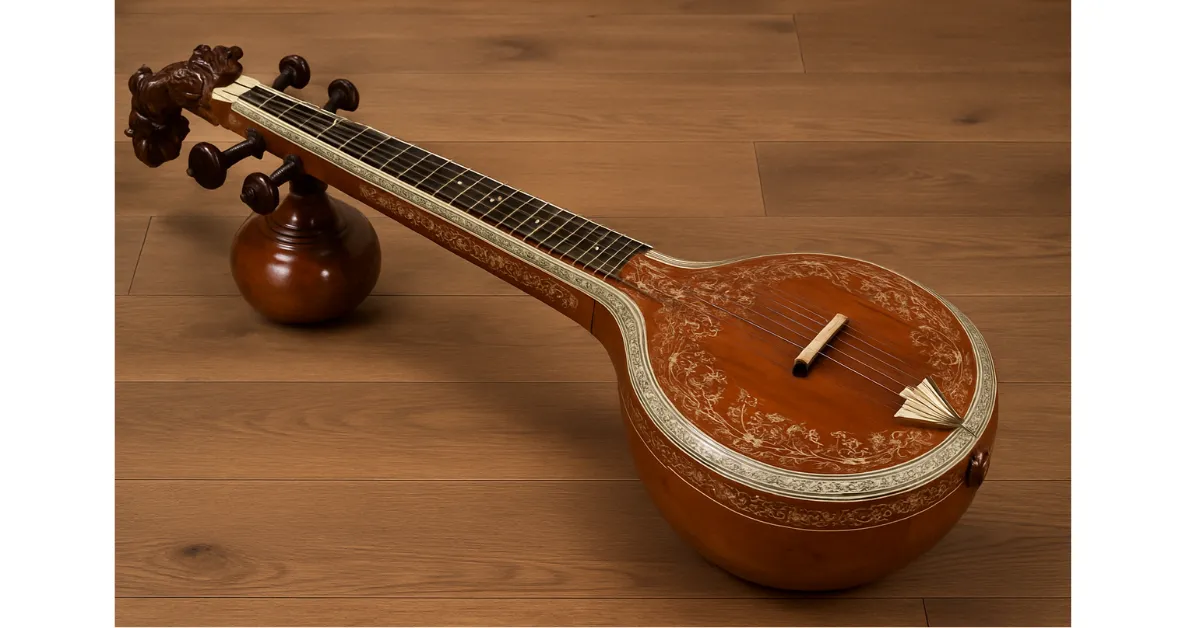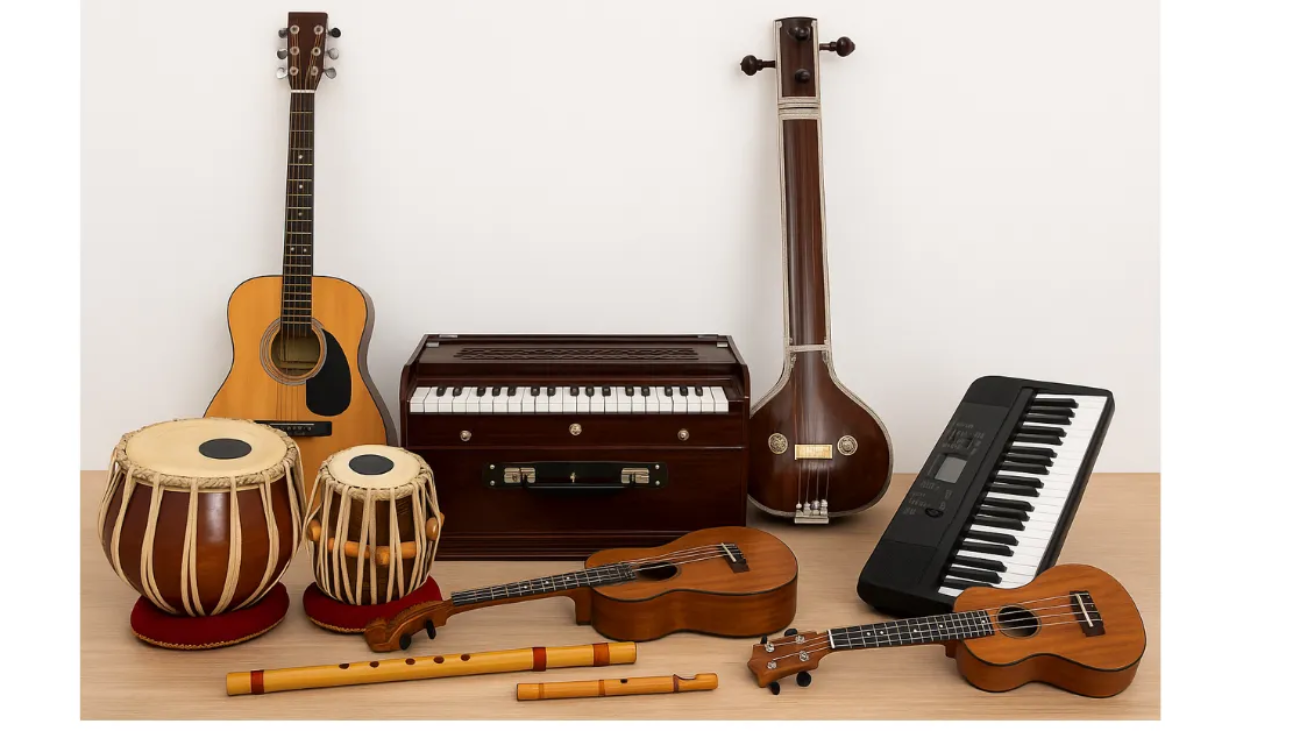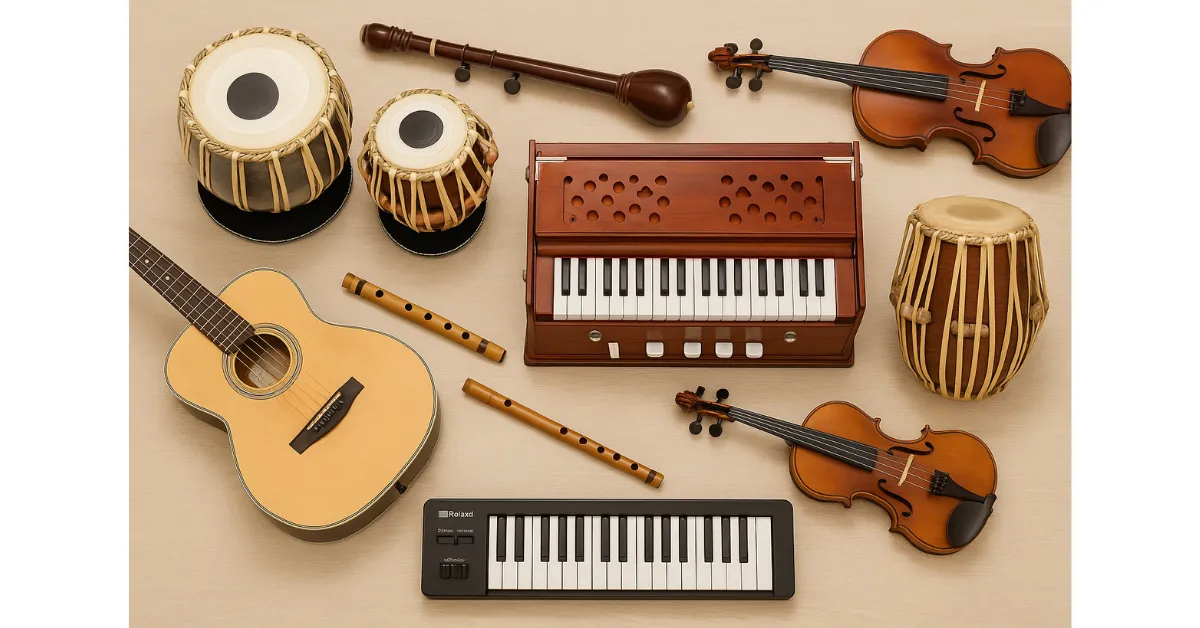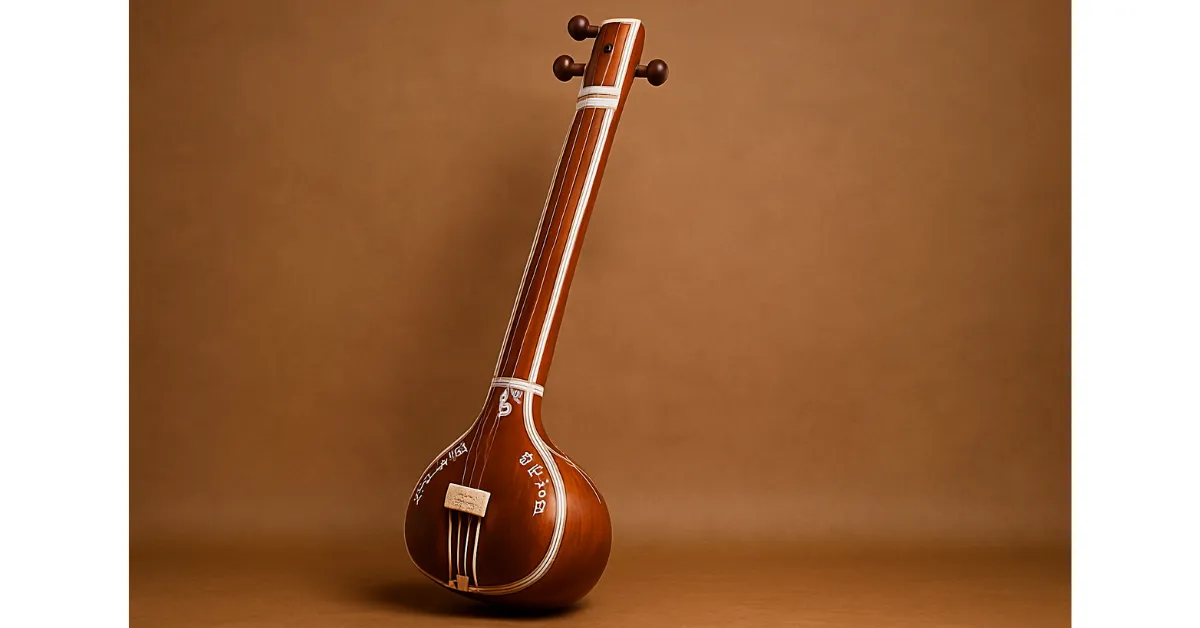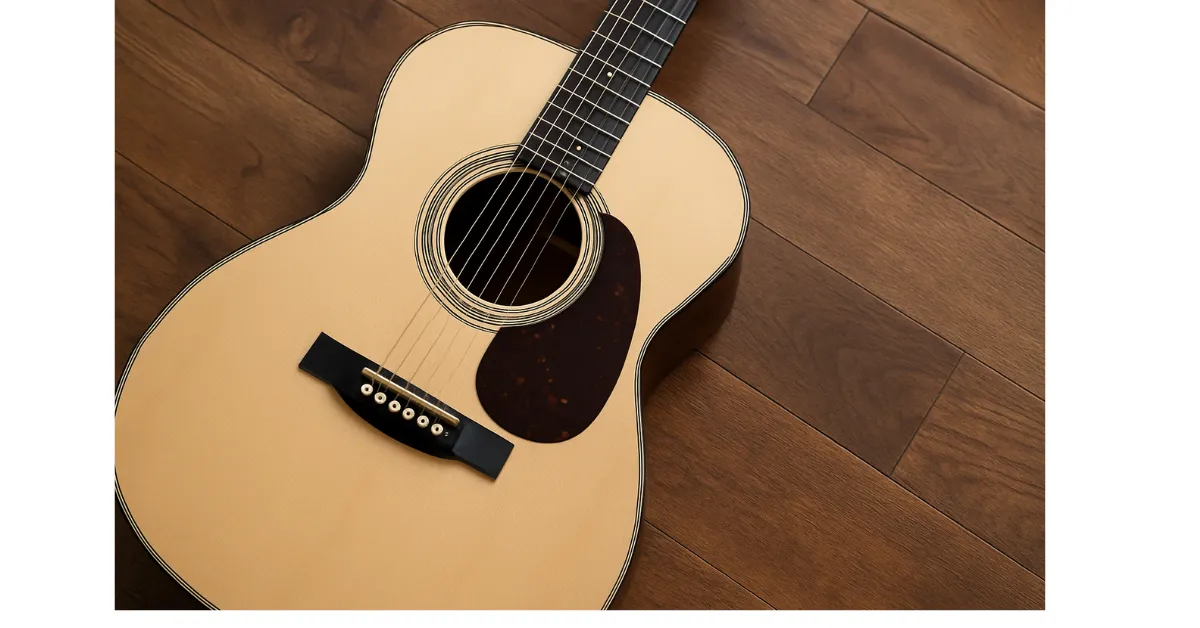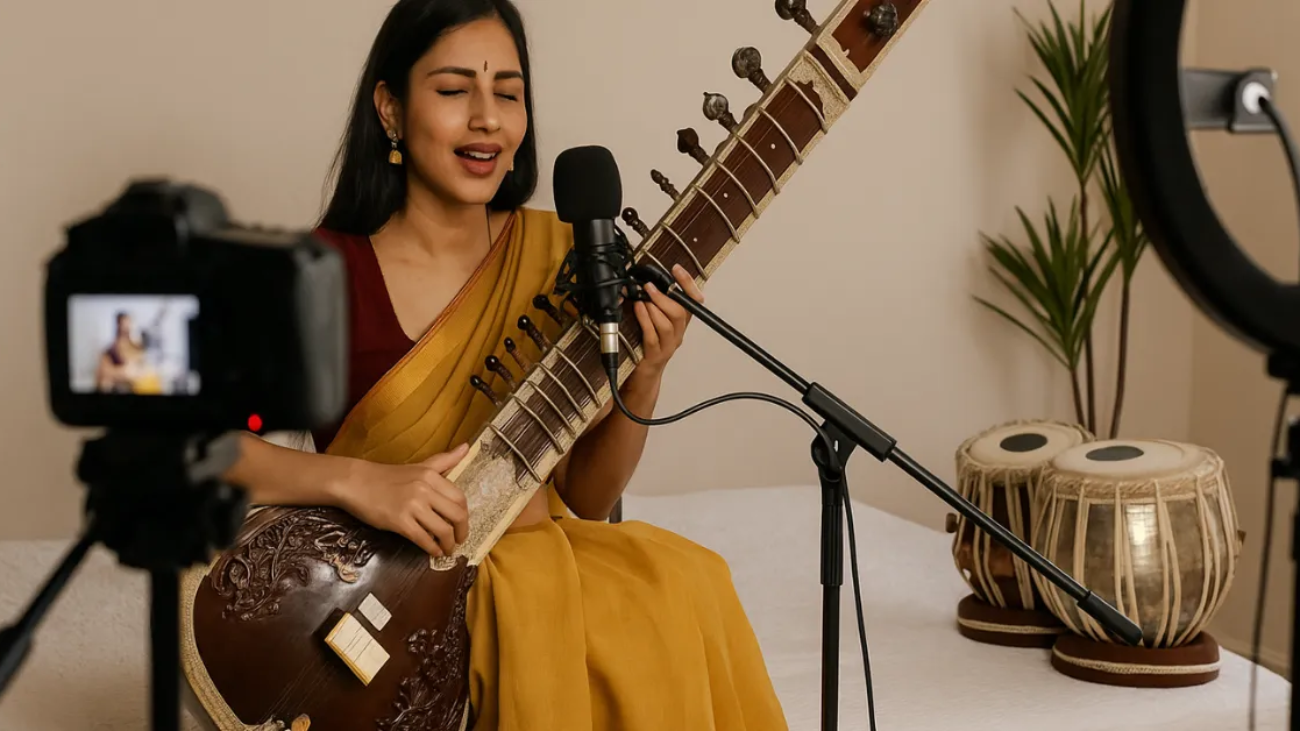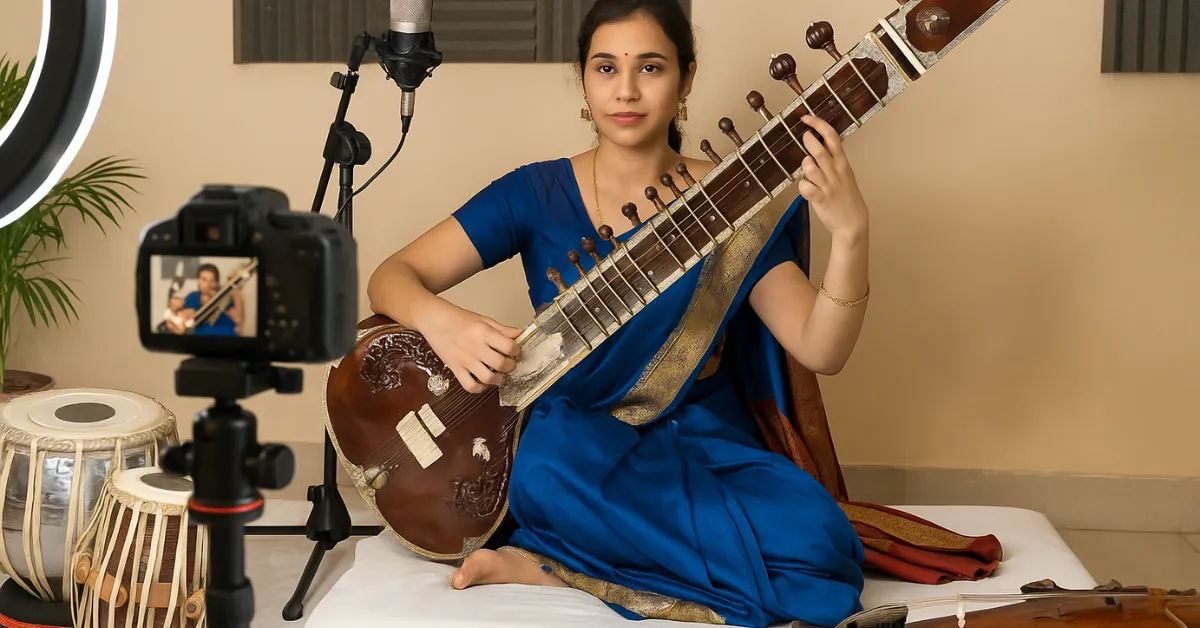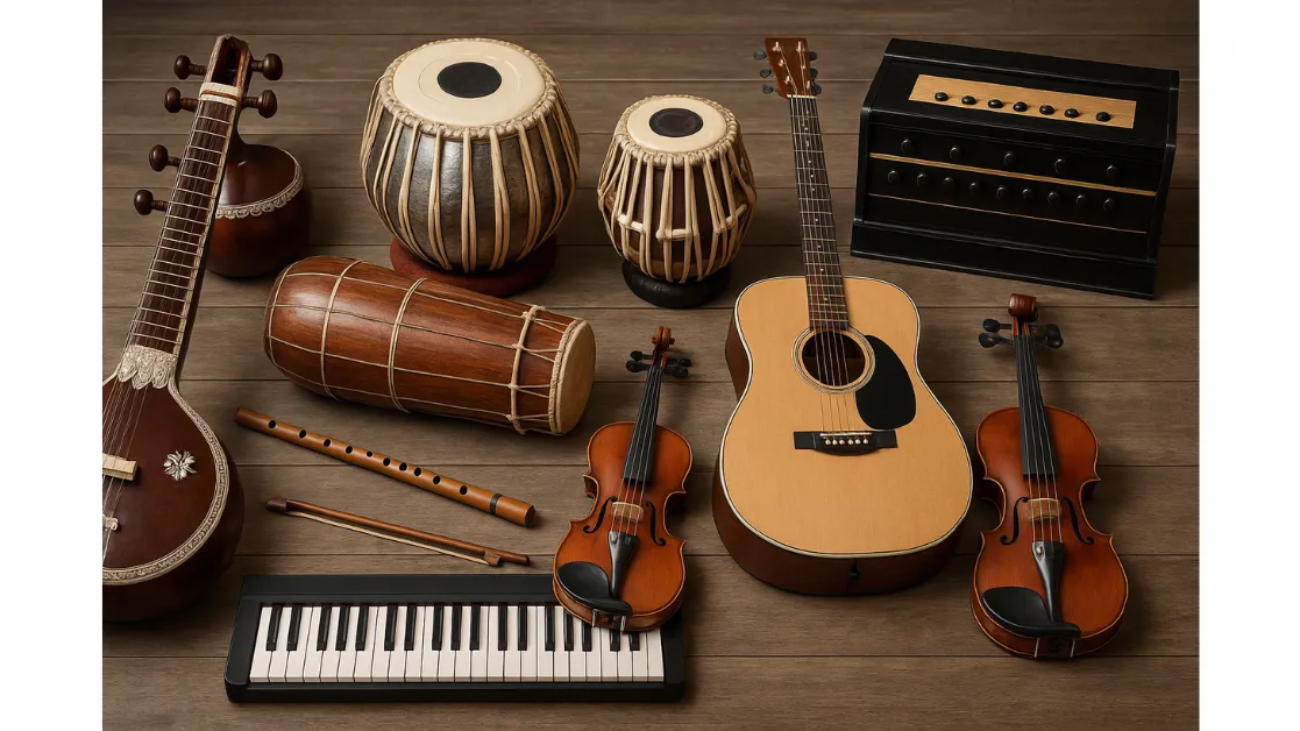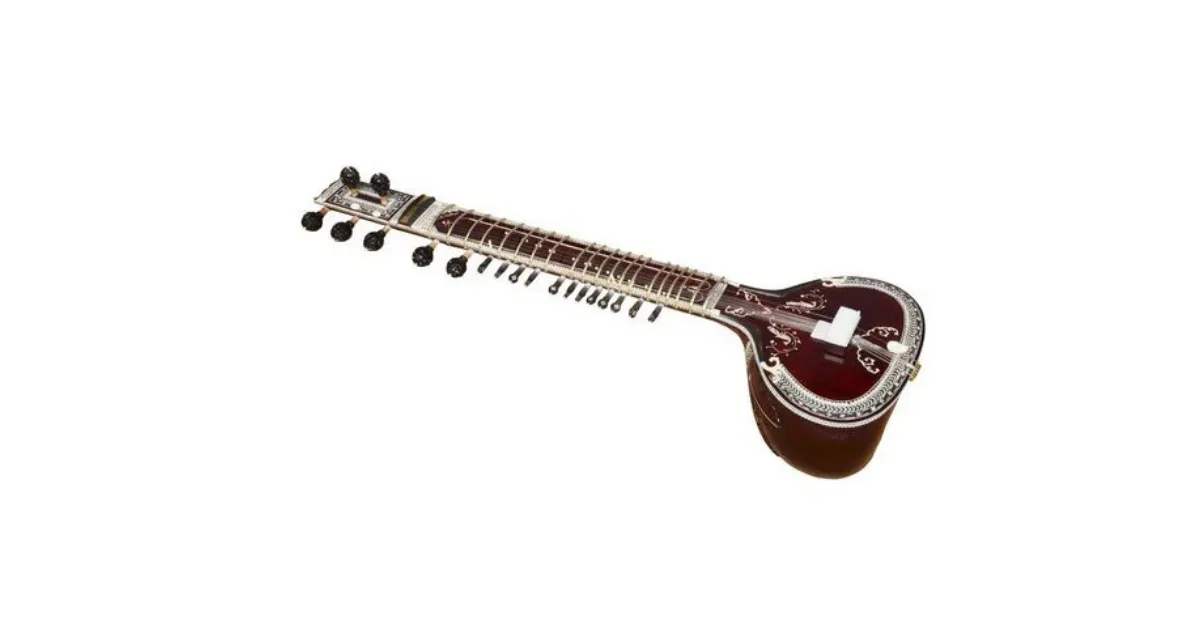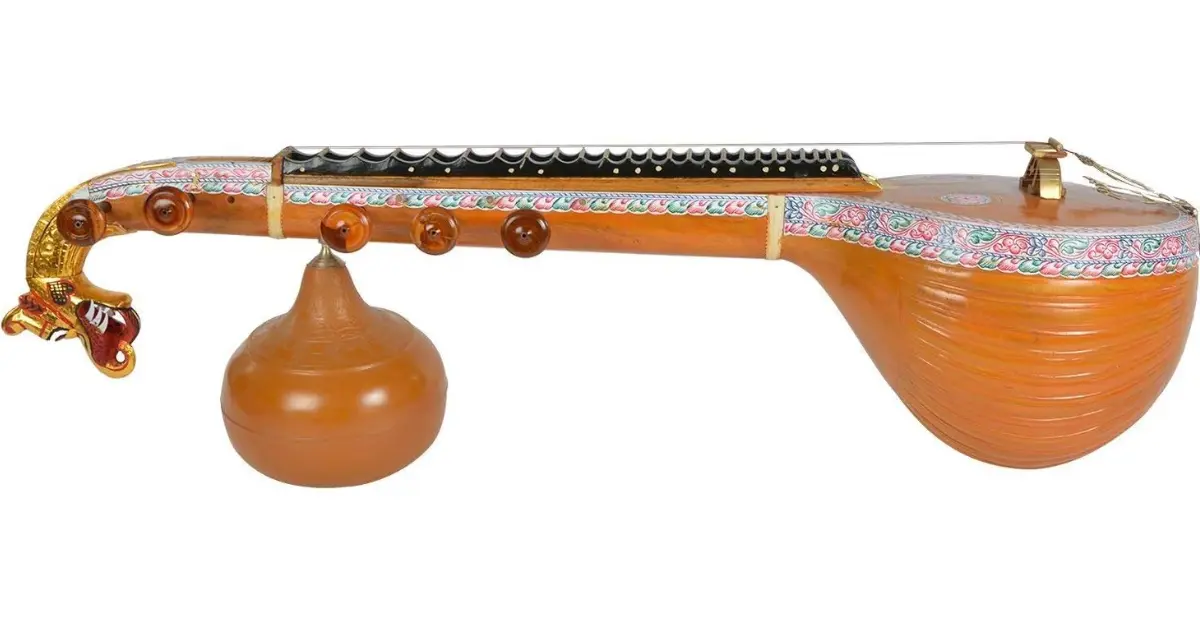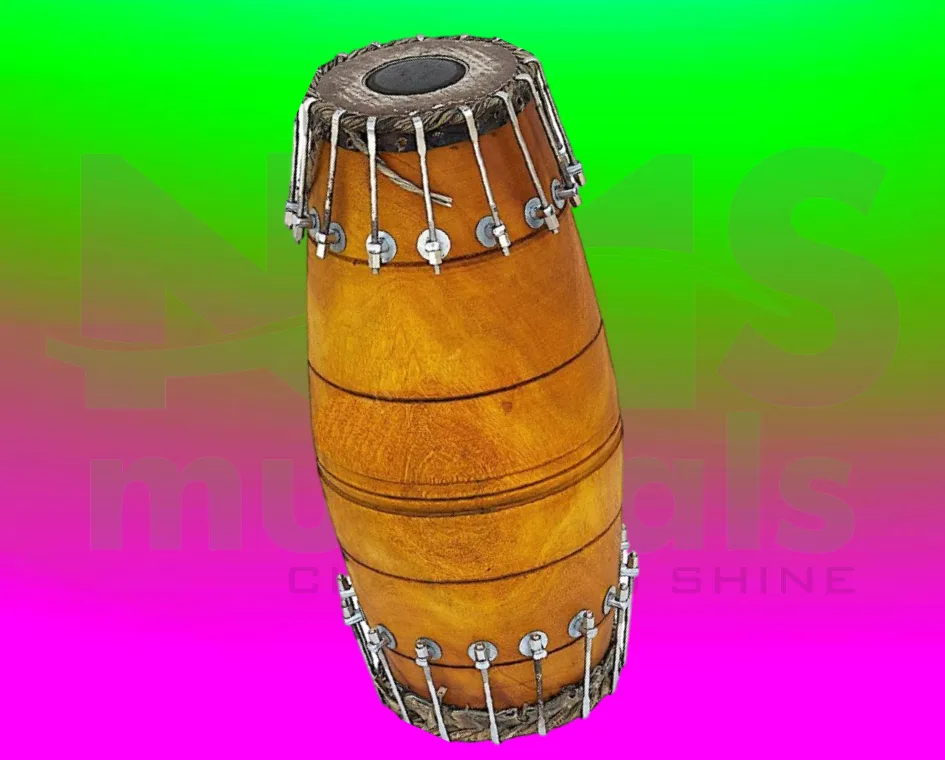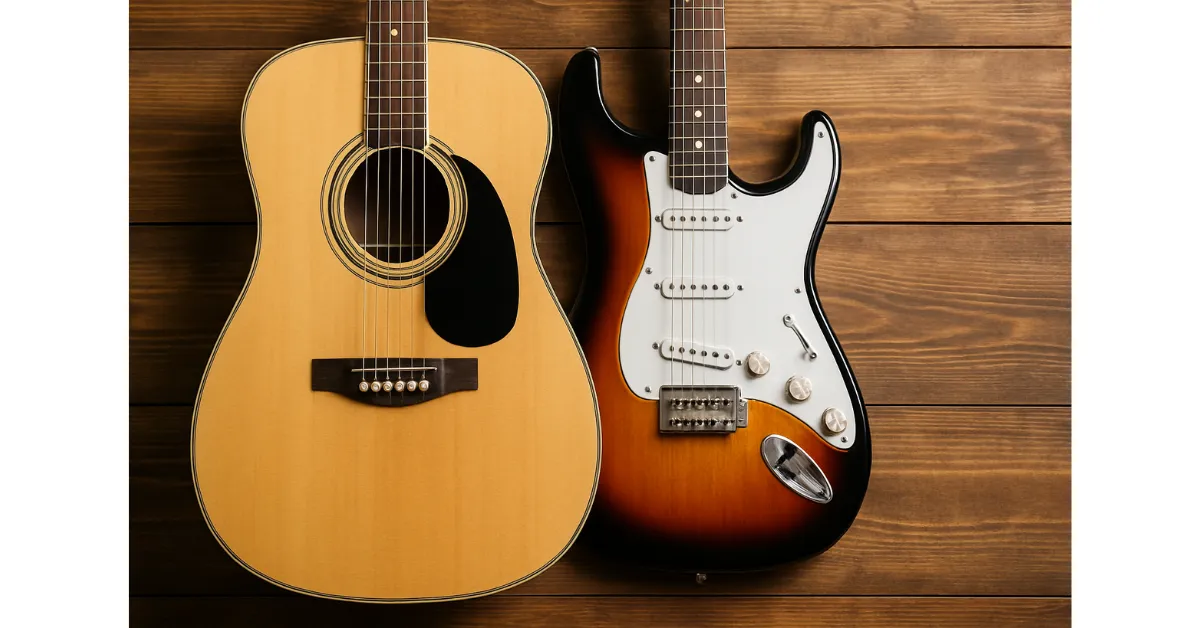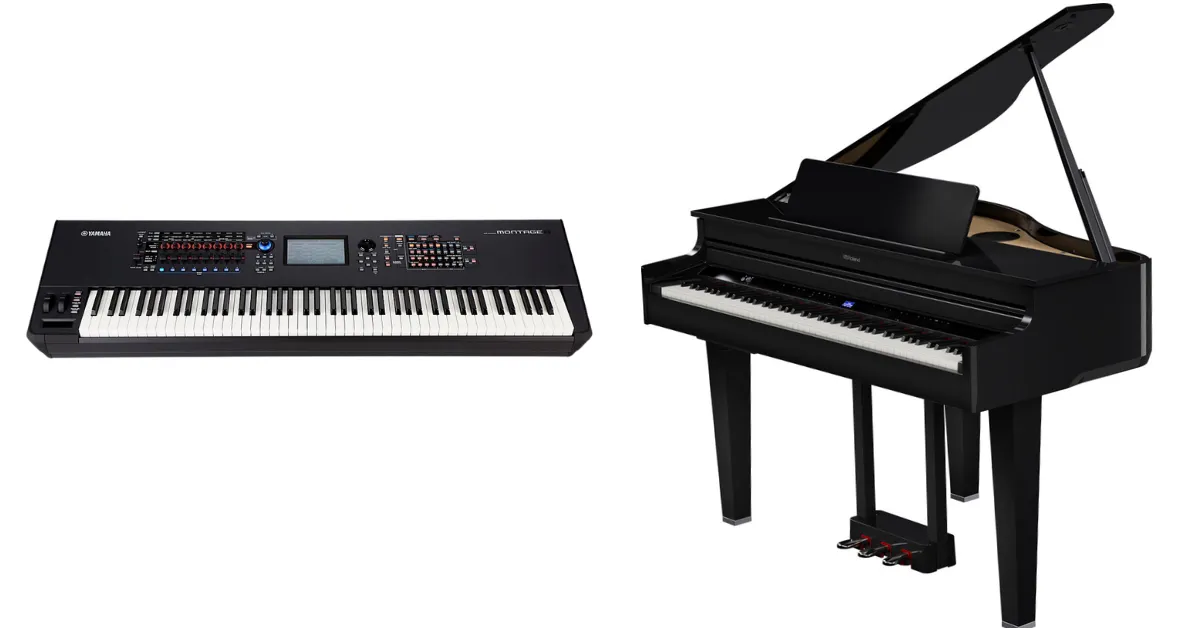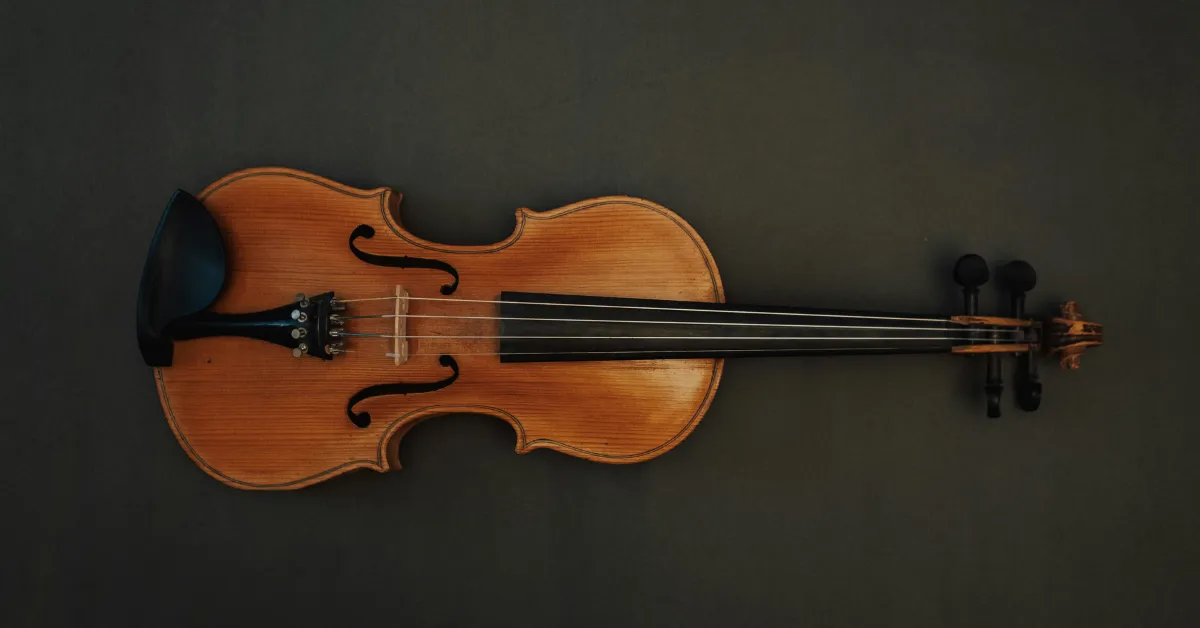Discover How Playing an Instrument reduces Teen Stress
Teens today face immense pressure from various sources like school, social life, and future career expectations. As they navigate this challenging phase of life, stress and anxiety have become common companions. However, one effective way teens can manage and reduce their stress is through playing an instrument. This blog explores how playing an instrument can help teens reduce stress and improve their emotional well-being, especially when incorporating the rich sounds of Indian instruments.
The Impact of Stress on Teens
Before we delve into how music can help, it’s important to understand why stress affects teens so significantly. Teenagers are in a period of rapid growth, both mentally and emotionally. During this time, they experience changes in their bodies, their relationships with others, and their sense of identity. This combination of factors can create overwhelming stress, making it harder for them to manage their emotions.
Stress can manifest in various ways, including irritability, lack of focus, physical tension, and emotional withdrawal. If not properly managed, stress can lead to more severe mental health challenges such as anxiety, depression, and even burnout. Therefore, finding effective ways to cope with stress is crucial for maintaining mental health and overall well-being.
How Playing an Instrument Helps Relieve Stress
1. Music Activates the Brain’s Reward System
One of the most powerful ways music helps relieve stress is by triggering the brain’s reward system. When teens play an instrument, their brain releases dopamine, the “feel-good” neurotransmitter. This chemical reaction can help alleviate feelings of stress and anxiety, leaving the teen with a sense of accomplishment and happiness.
2. Music Provides a Healthy Emotional Outlet
Playing an instrument allows teens to express emotions they may find difficult to articulate in words. Music becomes a therapeutic outlet for their feelings. Whether they are feeling happy, sad, or frustrated, playing an instrument enables teens to channel their emotions into something creative and constructive. This can help them process their emotions and reduce stress.
3. Music Promotes Mindfulness and Focus
When teens play an instrument, they must focus on the music, their technique, and their instrument. This concentration helps them become absorbed in the moment, a practice similar to mindfulness meditation. By shifting their focus away from stressors and worries, teens can calm their minds and regain mental clarity. This process of being present and focused can greatly reduce feelings of anxiety.
4. The Rhythm of Music Has a Calming Effect
Many types of music, especially traditional Indian music, have rhythmic patterns that can have a calming effect on the body. Playing an instrument like the tabla or sitar can engage teens in rhythms that help regulate their breathing and heart rate. These slow, rhythmic patterns are known to lower stress hormones like cortisol and induce a state of relaxation. This physical relaxation translates into emotional relief from stress.
5. Music Boosts Self-Esteem and Confidence
Learning an instrument and mastering a musical piece can give teens a tremendous sense of achievement. This boost in self-esteem and confidence is vital for reducing stress. When teens feel competent in something, they are more likely to handle stress effectively. The sense of progress and success that comes with playing an instrument can help them navigate the pressures they face in other areas of life.
Indian Instruments That Can Help Teens Relieve Stress
While Western instruments like the guitar or piano are commonly used for stress relief, Indian instruments offer a unique cultural and therapeutic experience. Here are some Indian instruments that can help teens reduce stress:
1. Sitar
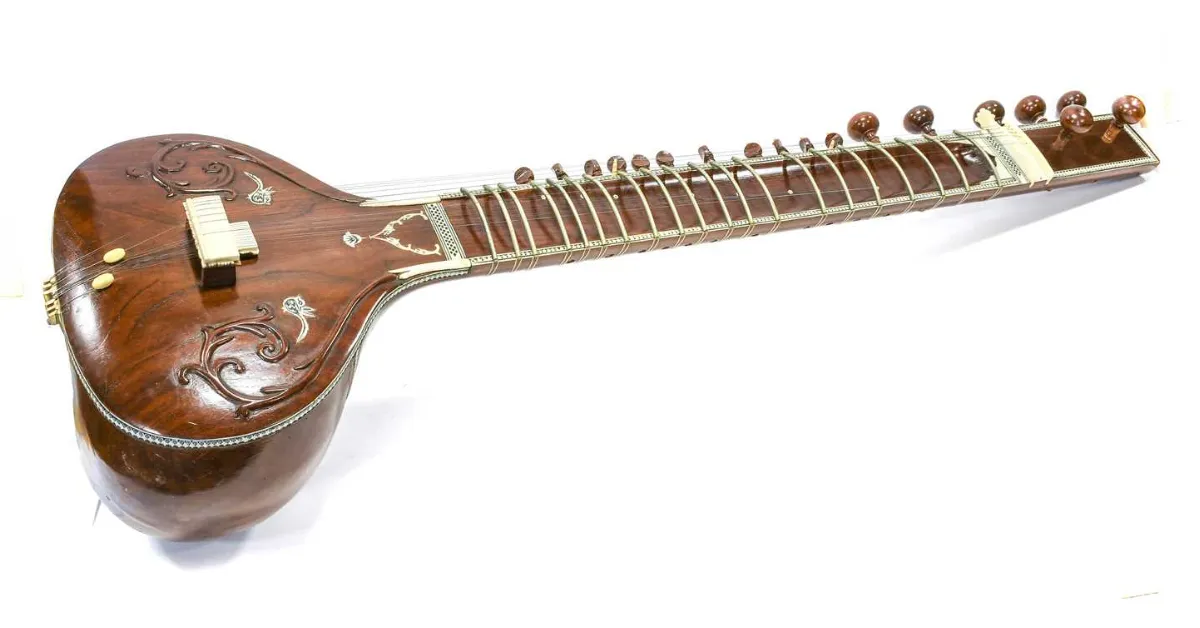
The sitar is one of the most iconic instruments in Indian classical music. Its resonating, soothing sound has been known to calm the mind and promote relaxation. Playing the sitar requires focus and dedication, allowing teens to immerse themselves fully in the music, which helps reduce stress.
2. Tabla
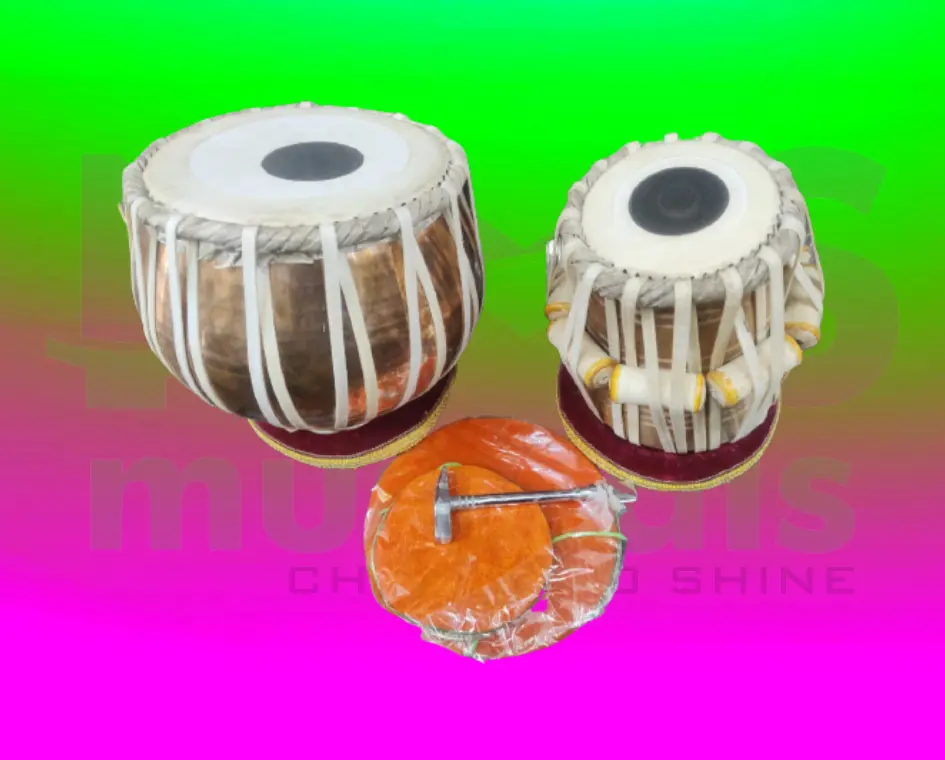
The tabla, a pair of hand-played drums, produces rhythmic sounds that are deeply calming. The practice of playing the tabla can help teens concentrate and control their breathing, which is effective for managing stress. The tabla’s rhythmic patterns create a meditative experience, promoting relaxation and reducing anxiety.
3. Flute
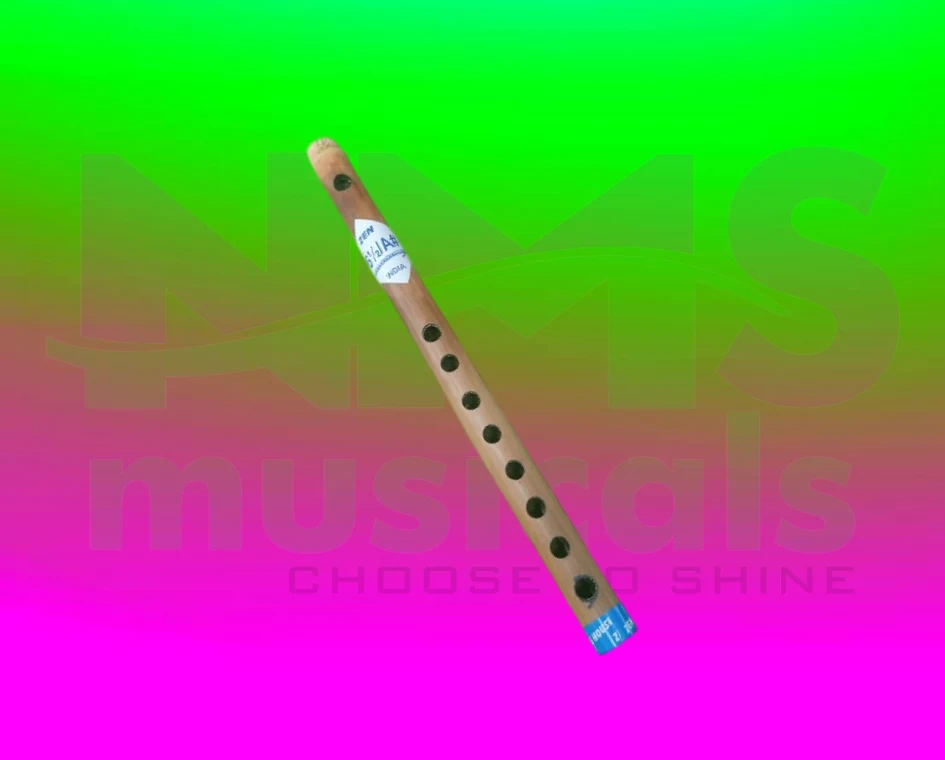
The Indian flute, or bansuri, produces a soft, melodious sound that can soothe the mind. The flute is often used in classical music to convey deep emotions. Teens can learn to play the flute as a way to relax, unwind, and express themselves emotionally. The calming sound of the flute helps reduce stress and induces a peaceful state of mind.
4. Santoor
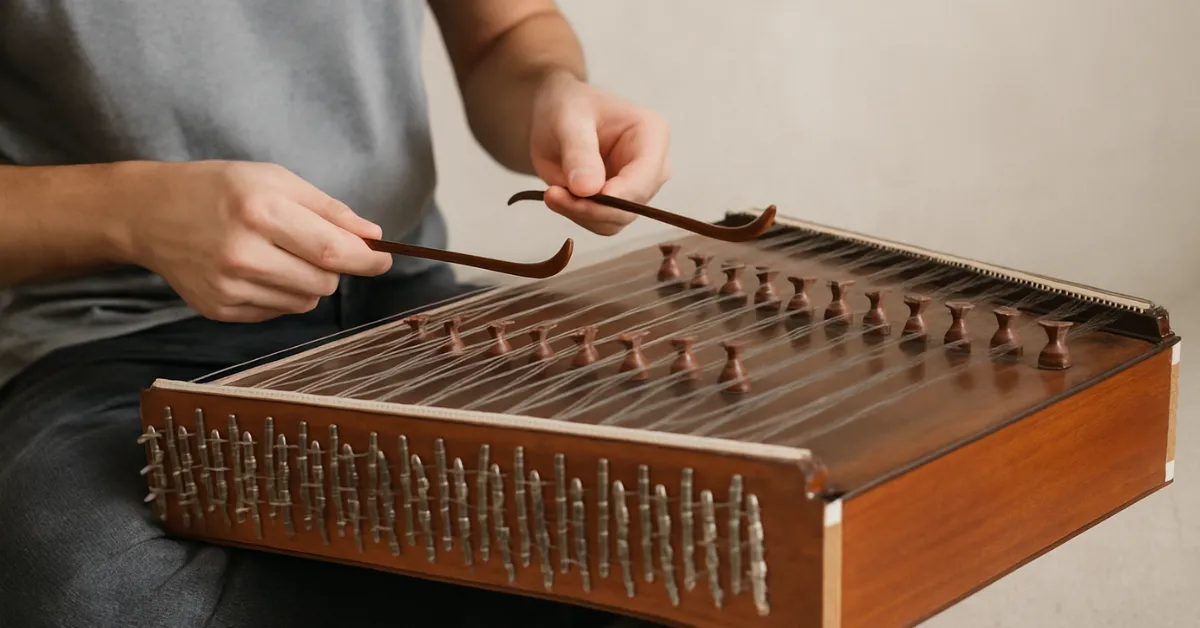
The santoor, a hammered dulcimer, produces a delicate and peaceful sound. The instrument requires careful coordination and concentration, which can divert the teen’s mind away from stress. Playing the santoor helps create a serene environment and promotes emotional well-being.
5. Veena
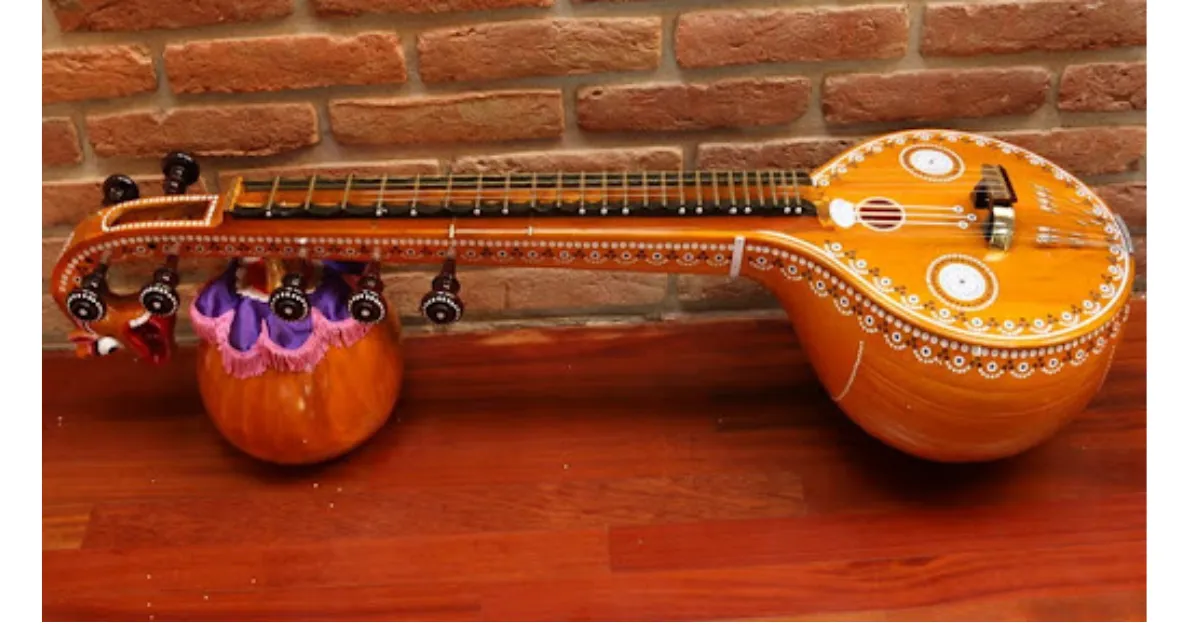
The veena is a stringed instrument that produces soothing, resonant sounds. The veena is used in Indian classical music to convey complex emotions, and playing it requires patience and focus. Teens who play the veena often experience relief from stress, as the process of learning and playing the instrument helps calm their nerves and improve their emotional health.
Benefits of Music Therapy for Stress Relief
1. Reduces Anxiety and Depression
Studies have shown that music can reduce symptoms of anxiety and depression, which are often linked to stress. Music therapy has been used as an effective tool in treating these mental health challenges, and playing an instrument is a form of self-directed music therapy that can have long-lasting benefits.
2. Improves Mood and Emotional Regulation
Music provides an emotional outlet that helps teens manage their moods. Playing an instrument helps teens process their feelings in a constructive way, which improves their ability to regulate their emotions. This can lead to more stable moods and fewer emotional outbursts, reducing overall stress levels.
3. Enhances Social Connections
Music is a social activity, and teens who play an instrument often form connections with other musicians. Whether through school programs, music lessons, or social media, these connections can help teens feel supported and understood, reducing feelings of isolation and stress.
4. Promotes Better Sleep
Playing an instrument, particularly before bedtime, can help teens wind down and relax. This calming effect often translates into better sleep quality. Improved sleep is vital for reducing stress, as it helps the body and mind recover and recharge for the next day.
Conclusion
Playing an instrument is not just about learning to make beautiful music – it is also about improving mental health and emotional well-being. For teens who are dealing with stress, playing an instrument offers a natural, effective way to manage anxiety, boost self-esteem, and promote relaxation. Indian instruments, in particular, offer a unique cultural experience that can enhance the stress-relief process. Whether it’s the soothing sound of the sitar, the rhythmic beats of the tabla, or the calming tone of the flute, these instruments provide an avenue for teens to express themselves, improve focus, and reduce stress.
By incorporating music into their daily lives, teens can unlock a powerful tool for managing stress and cultivating emotional well-being. The benefits of playing an instrument extend far beyond just music – they help teens build resilience, find inner peace, and navigate the challenges of adolescence with confidence.
At NMS Musicals, we offer a comprehensive range of musical instruments, including percussion, string, wind, and keyboard instruments. Our services encompass sales, expert servicing, and the manufacture of leather instruments. Explore our diverse collection and find the perfect instrument to suit your musical needs.
Visit our website to browse our offerings: nmsmusicals.in
For a closer look at our products, check out our shop page: nmsmusicals.in/shop
Stay connected with us through our social media channels:
- Facebook: https://www.facebook.com/nmsmusicalinstruments/
- Instagram: https://www.instagram.com/nmsmusicals/?hl=en
- YouTube: youtube.com/@nmsmusicals
Our shop locations are:
- Puducherry: 149, Perumal Koil Street, Heritage Town, Puducherry, 605001.
Map Link: https://maps.app.goo.gl/ejDwBBFEJmd3szxk7 - Chennai: No: 1, 1st Floor, Kandigai Street, TVS Nagar, Korattur, Chennai – 600076.
Map Link: https://maps.app.goo.gl/7oXmB6X7KQsqeuuw9
For inquiries, contact/Whatsapp us at 9500663895 or email us at laxman.m89@gmail.com.
Discover the world of musical instruments with NMS Musicals today!
For a visual overview of our percussion instruments, watch the following video:


 Cart is empty
Cart is empty 

